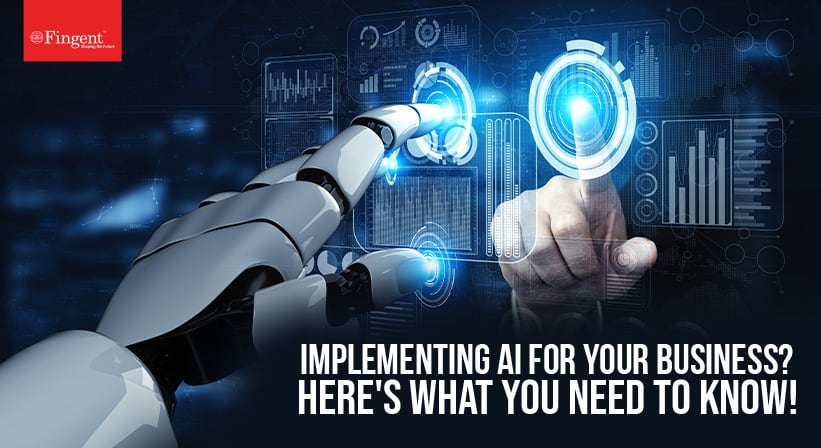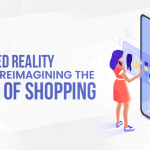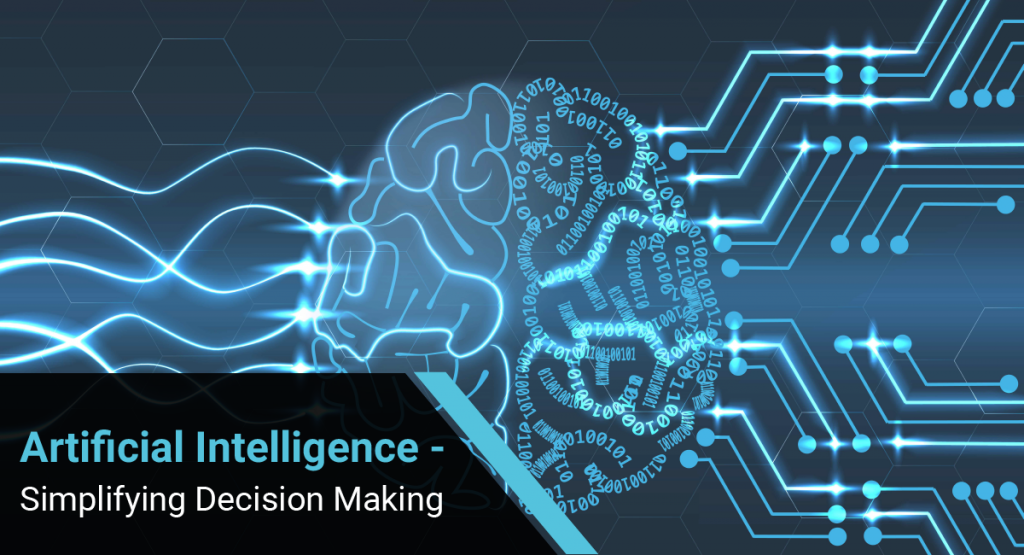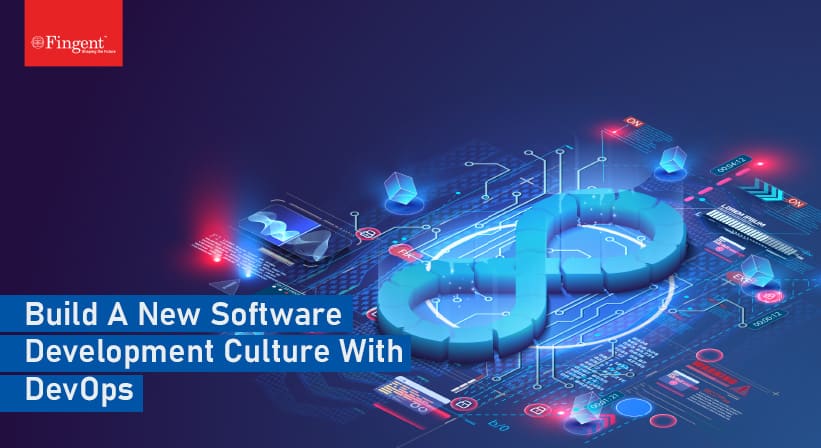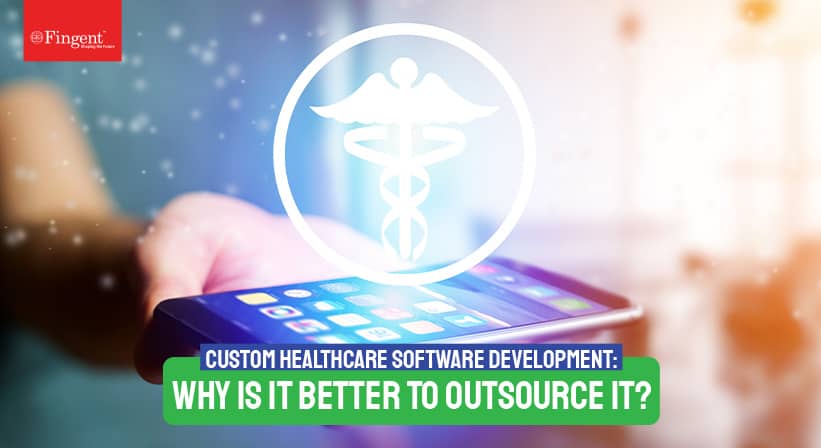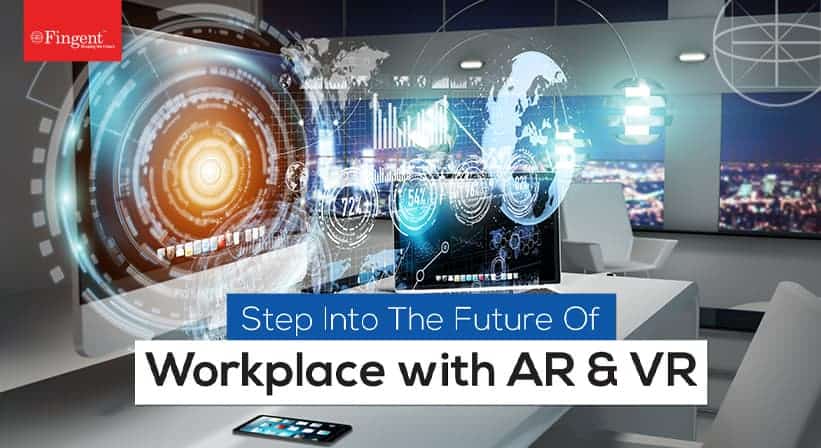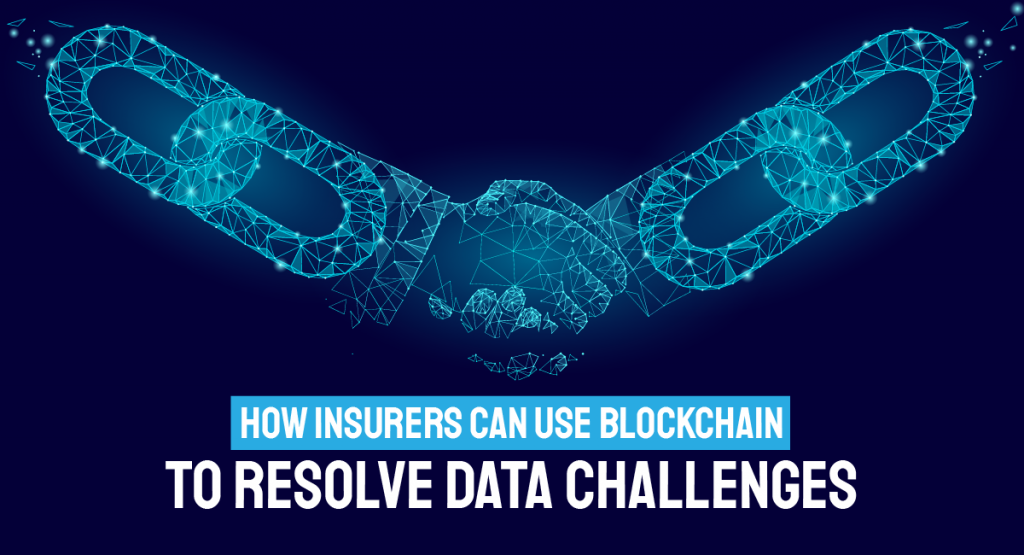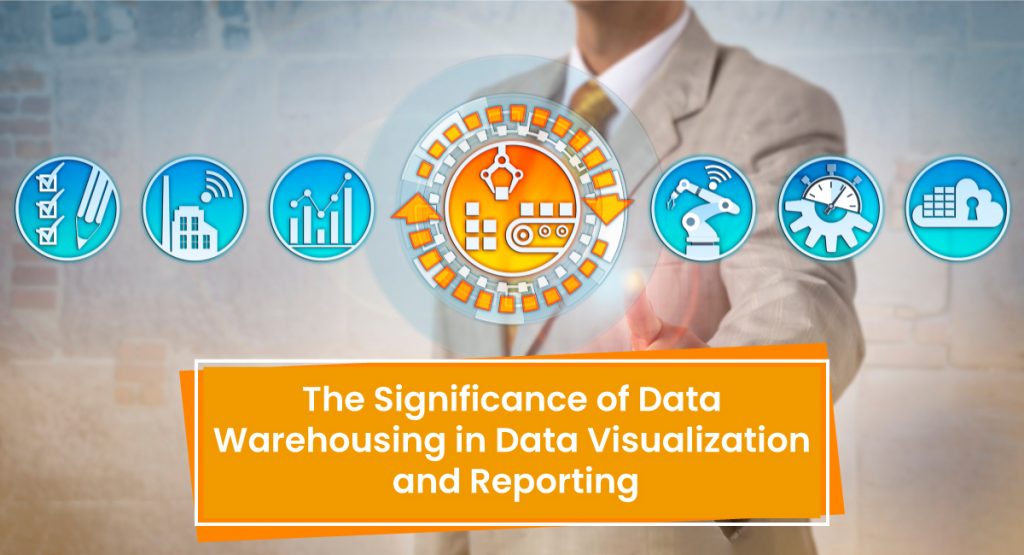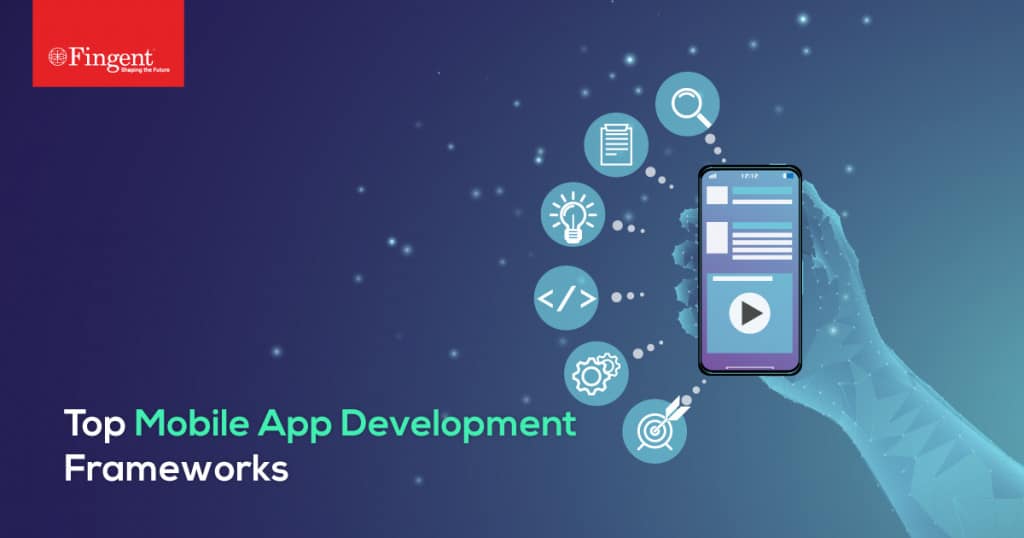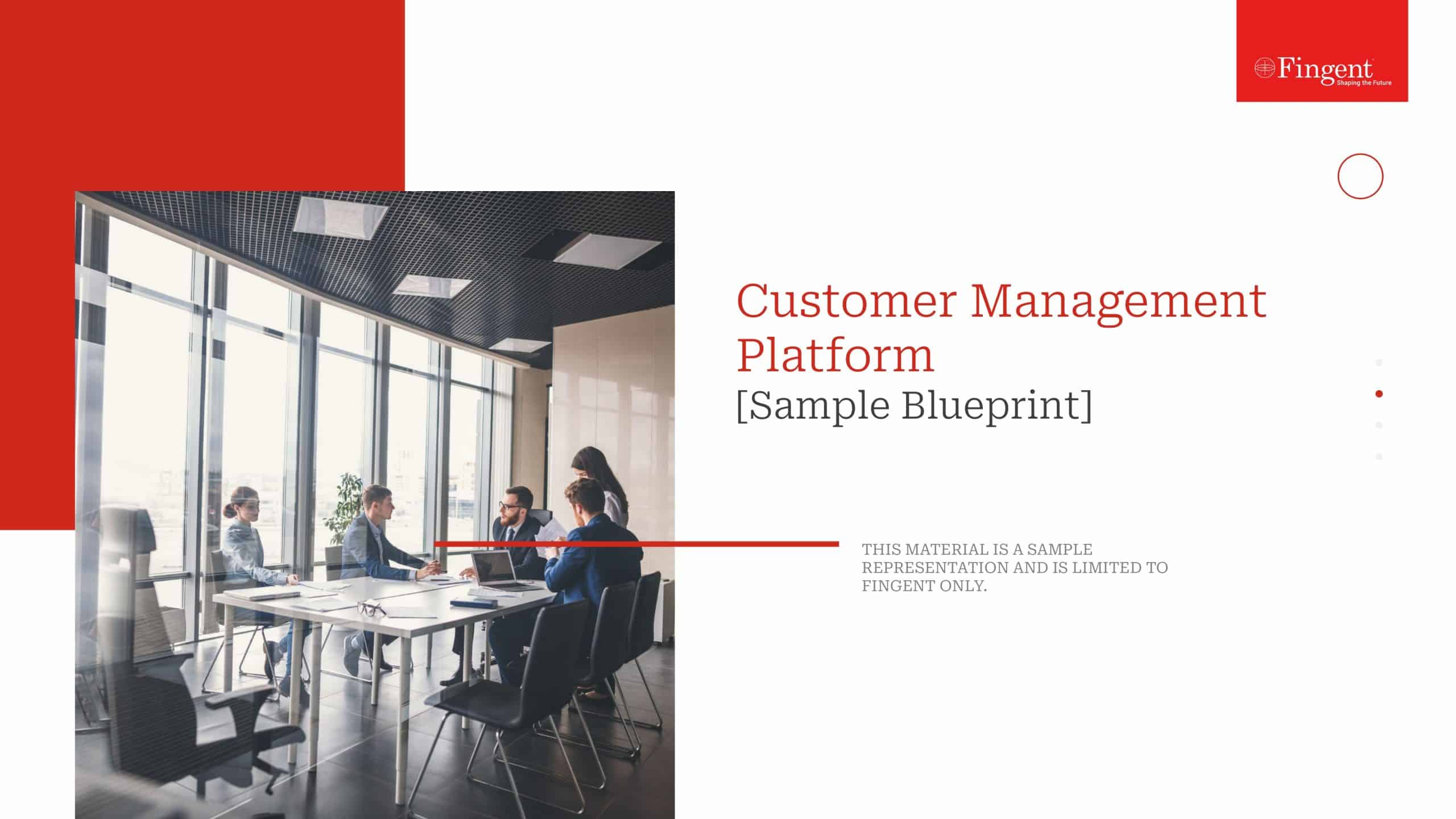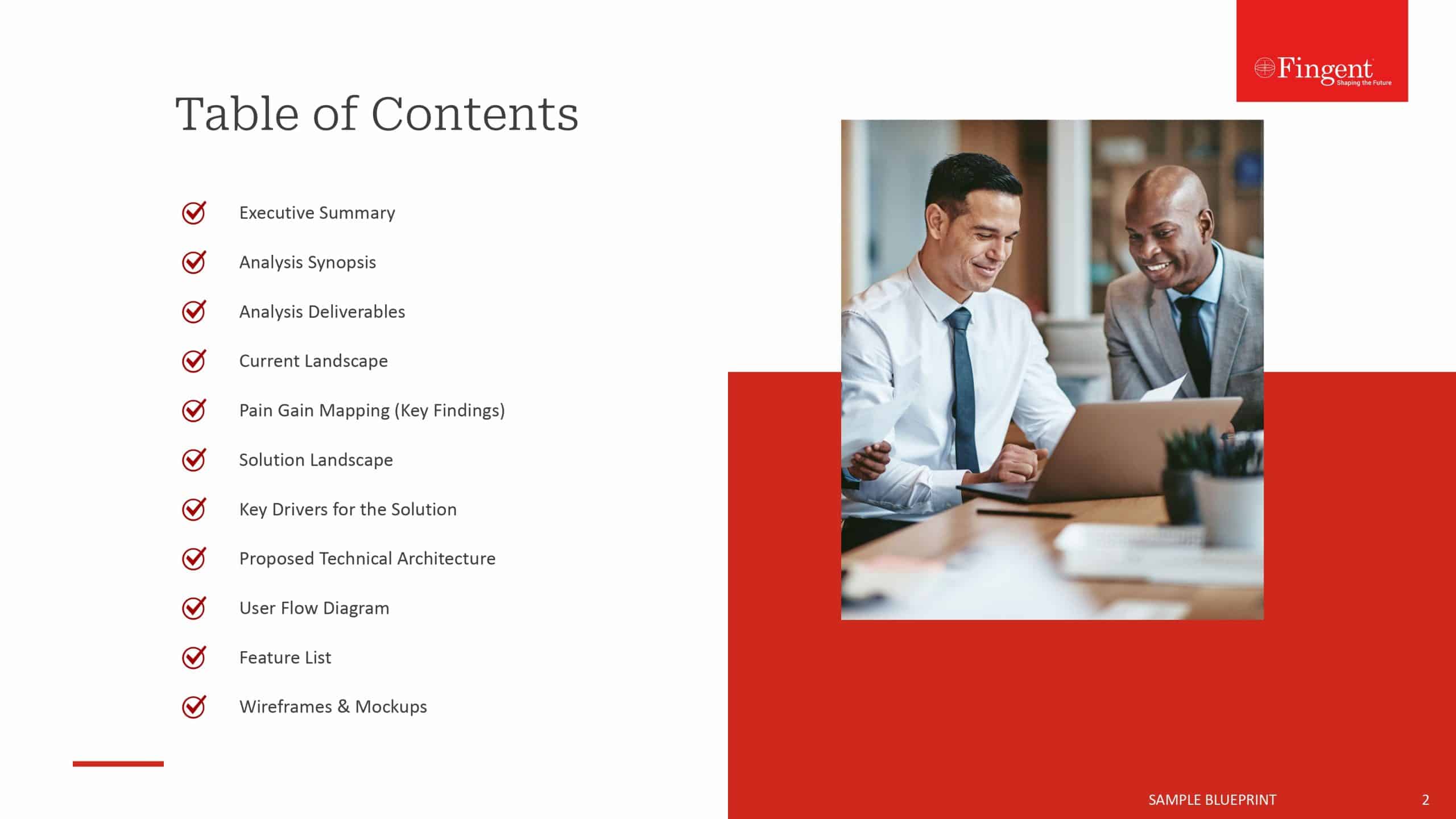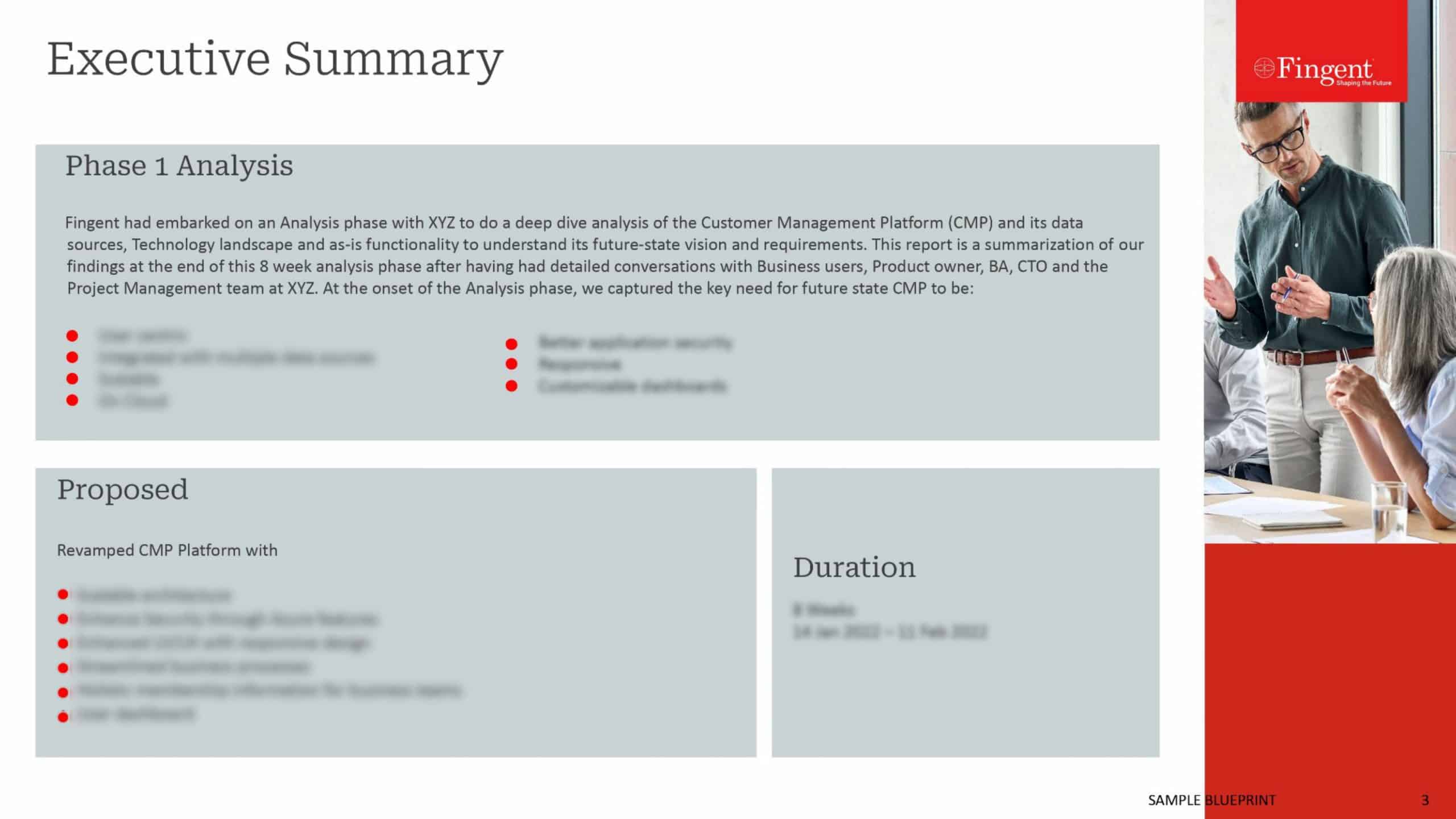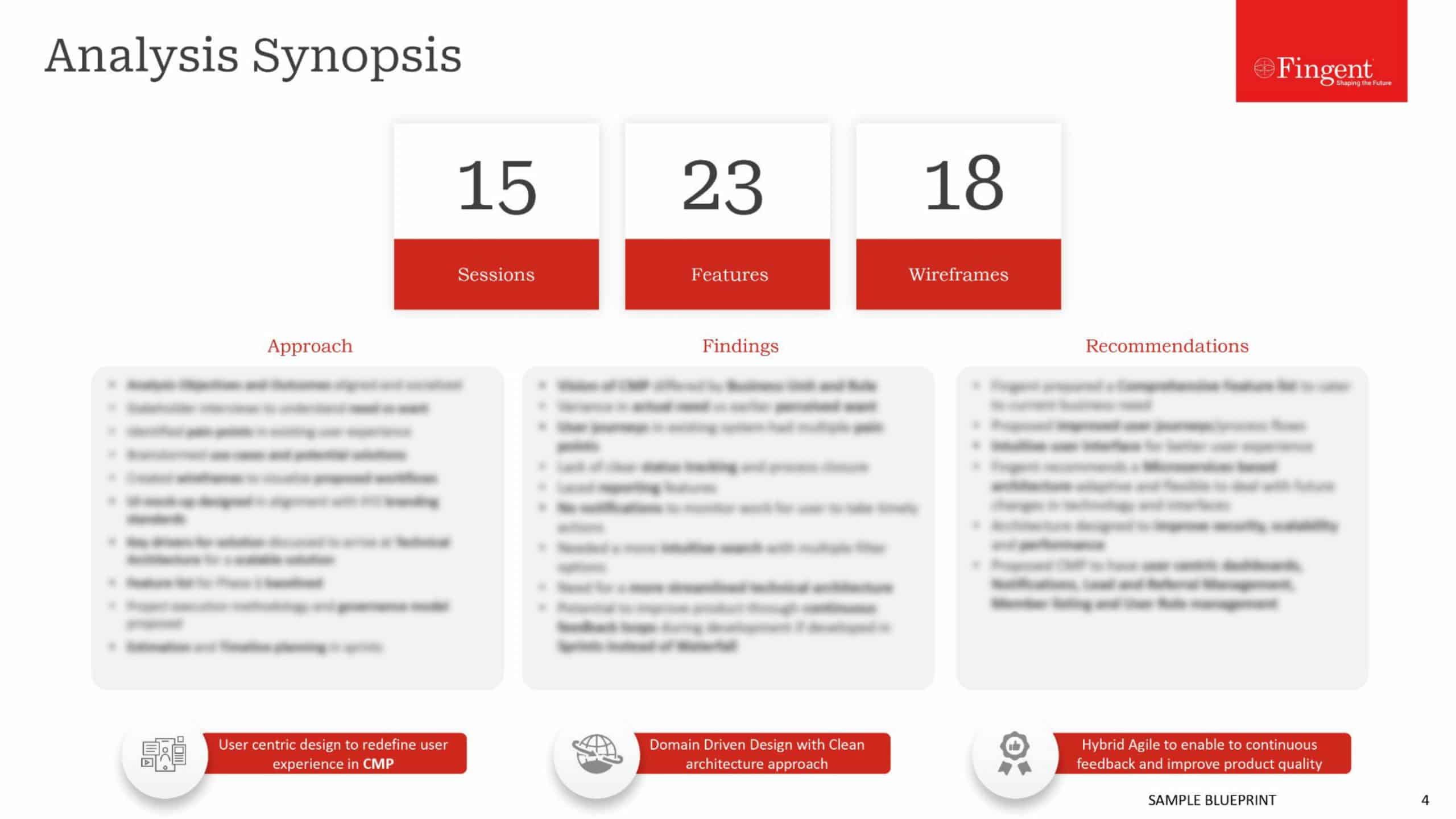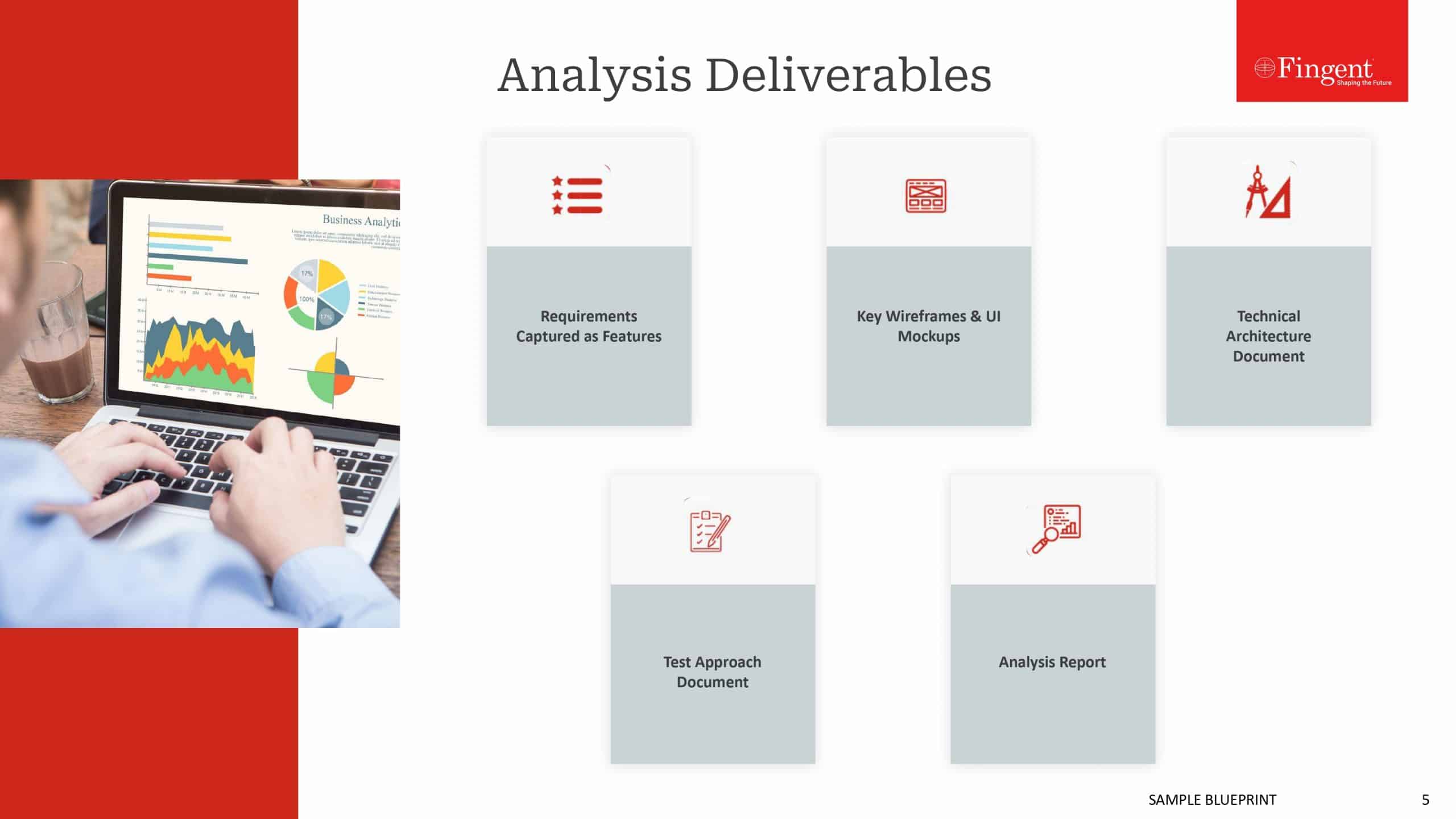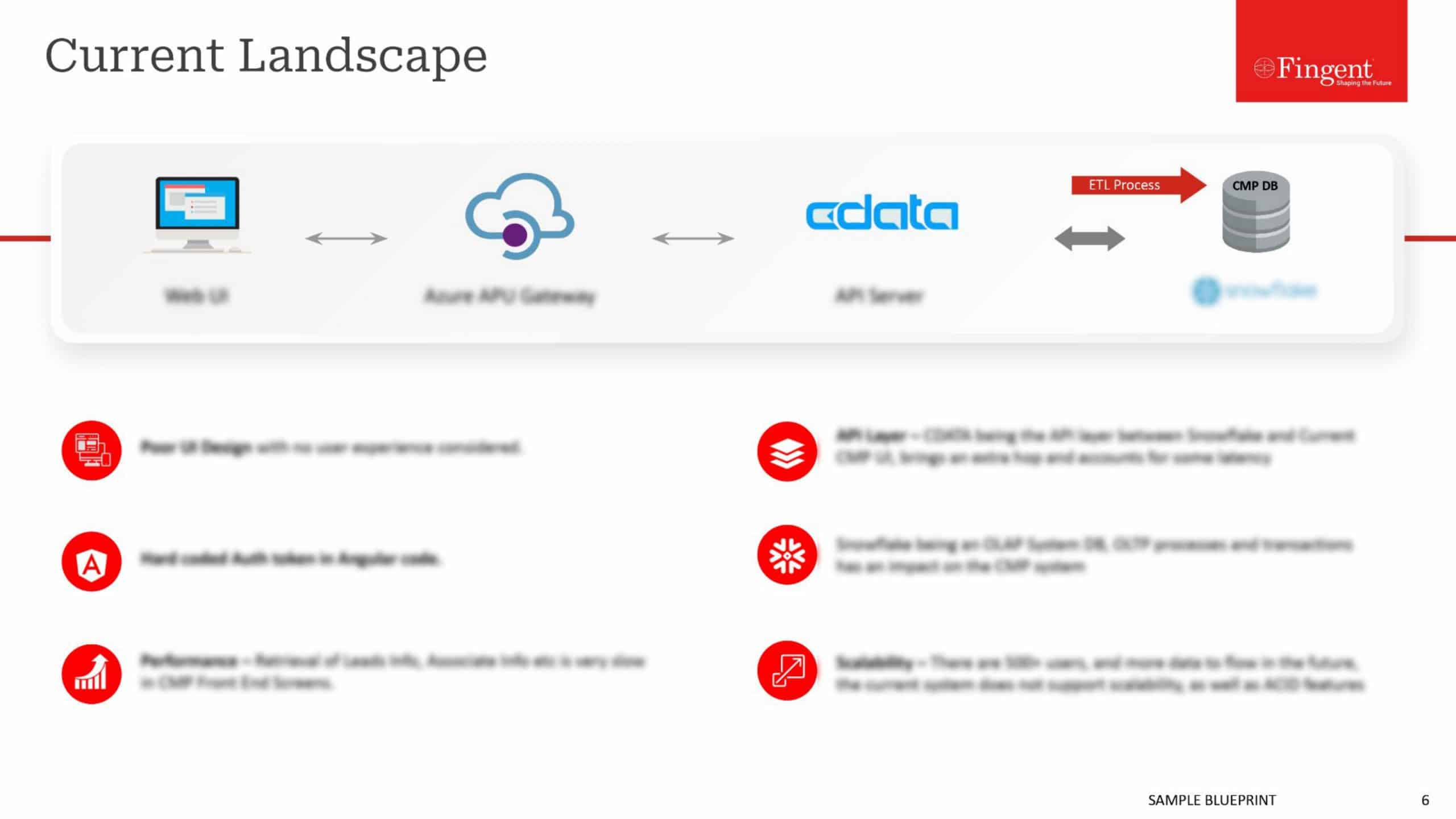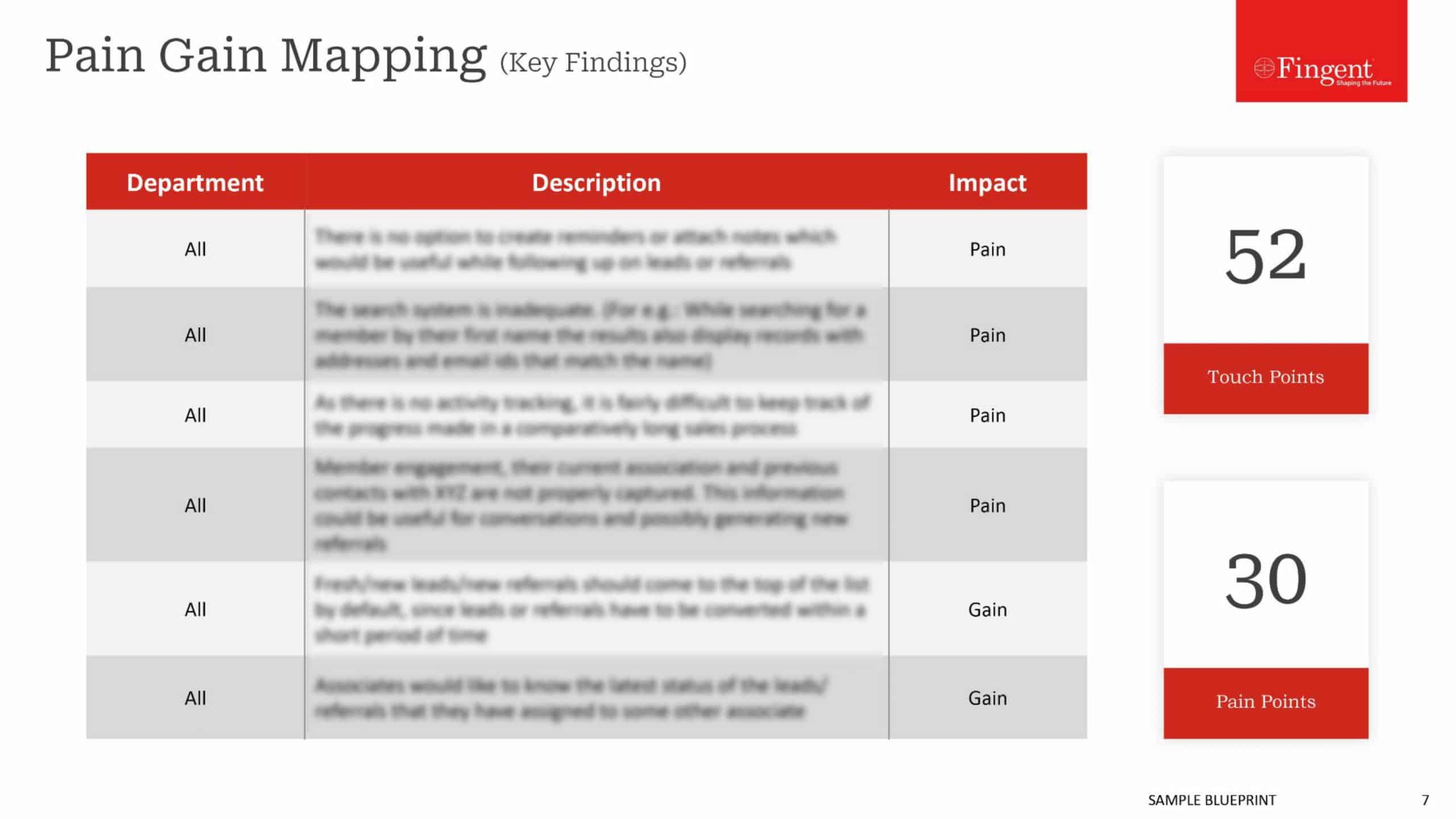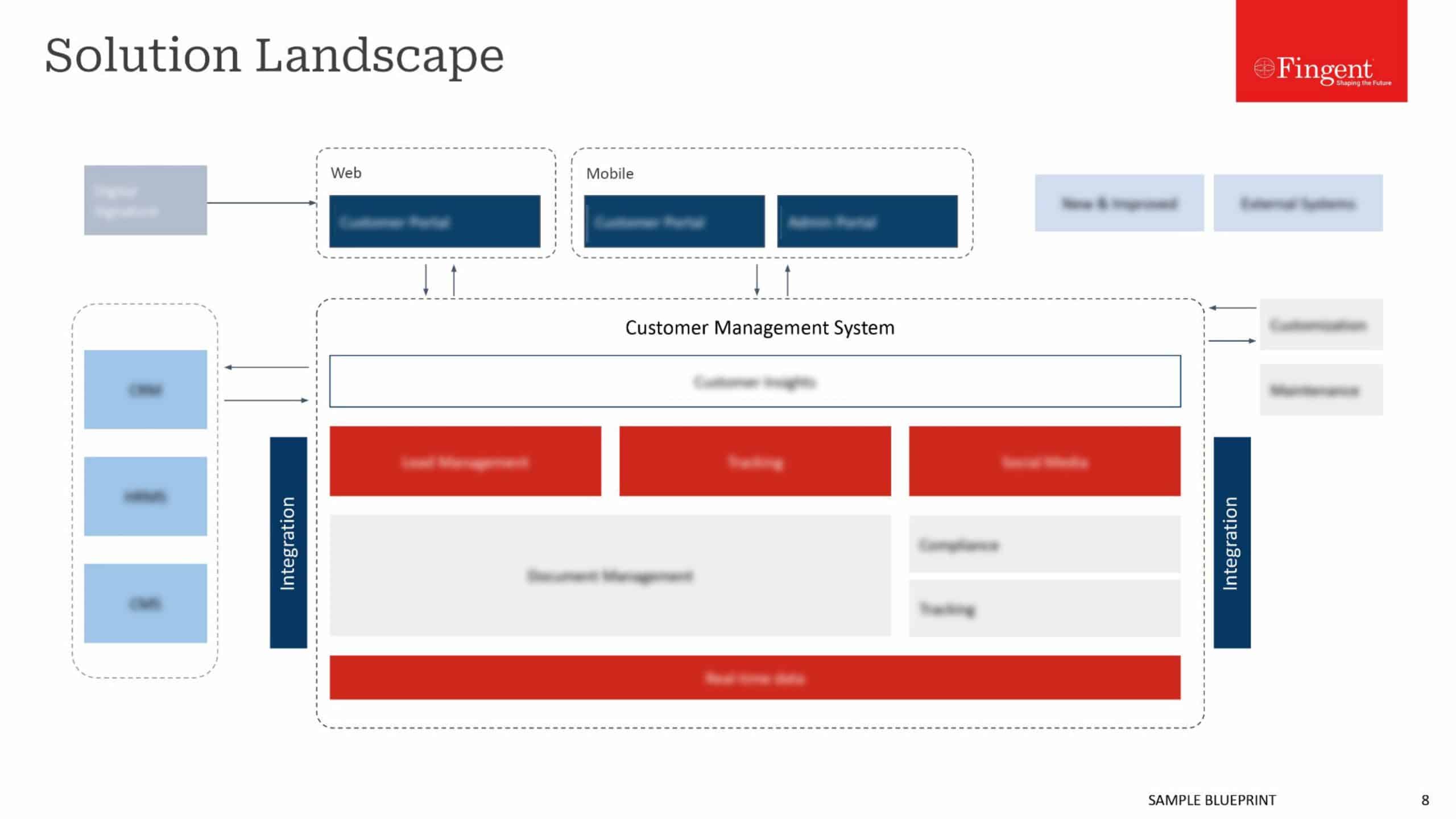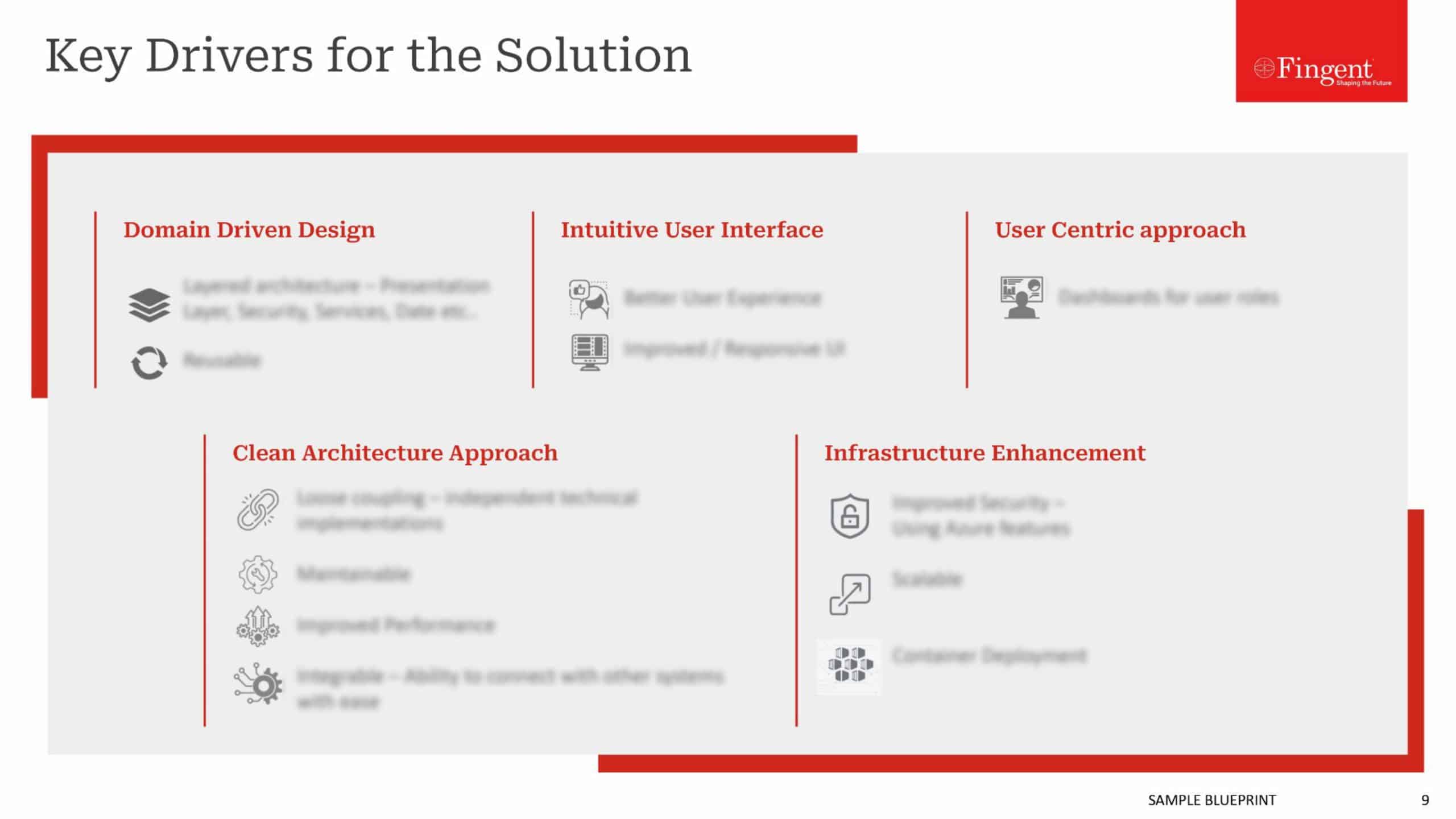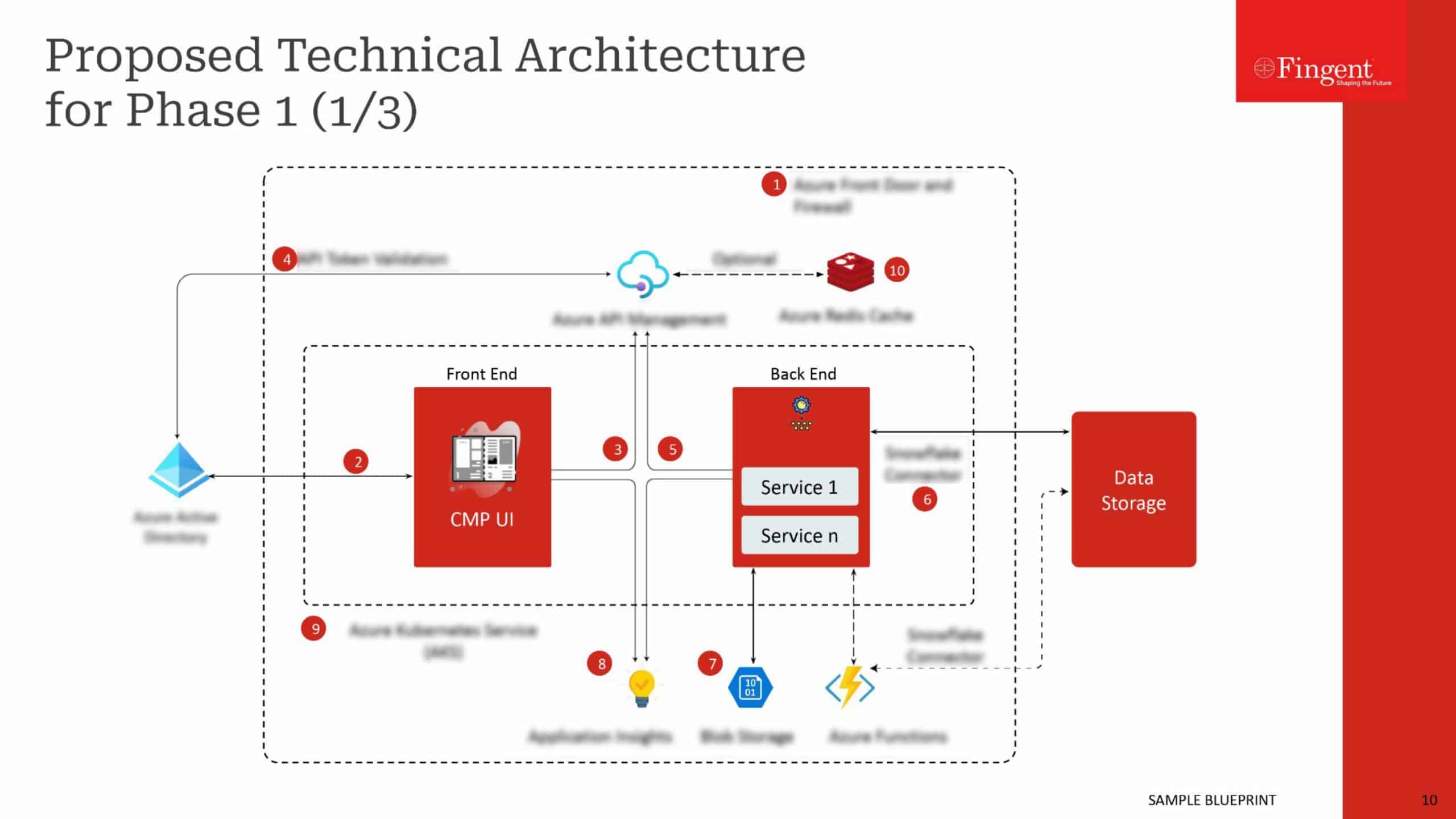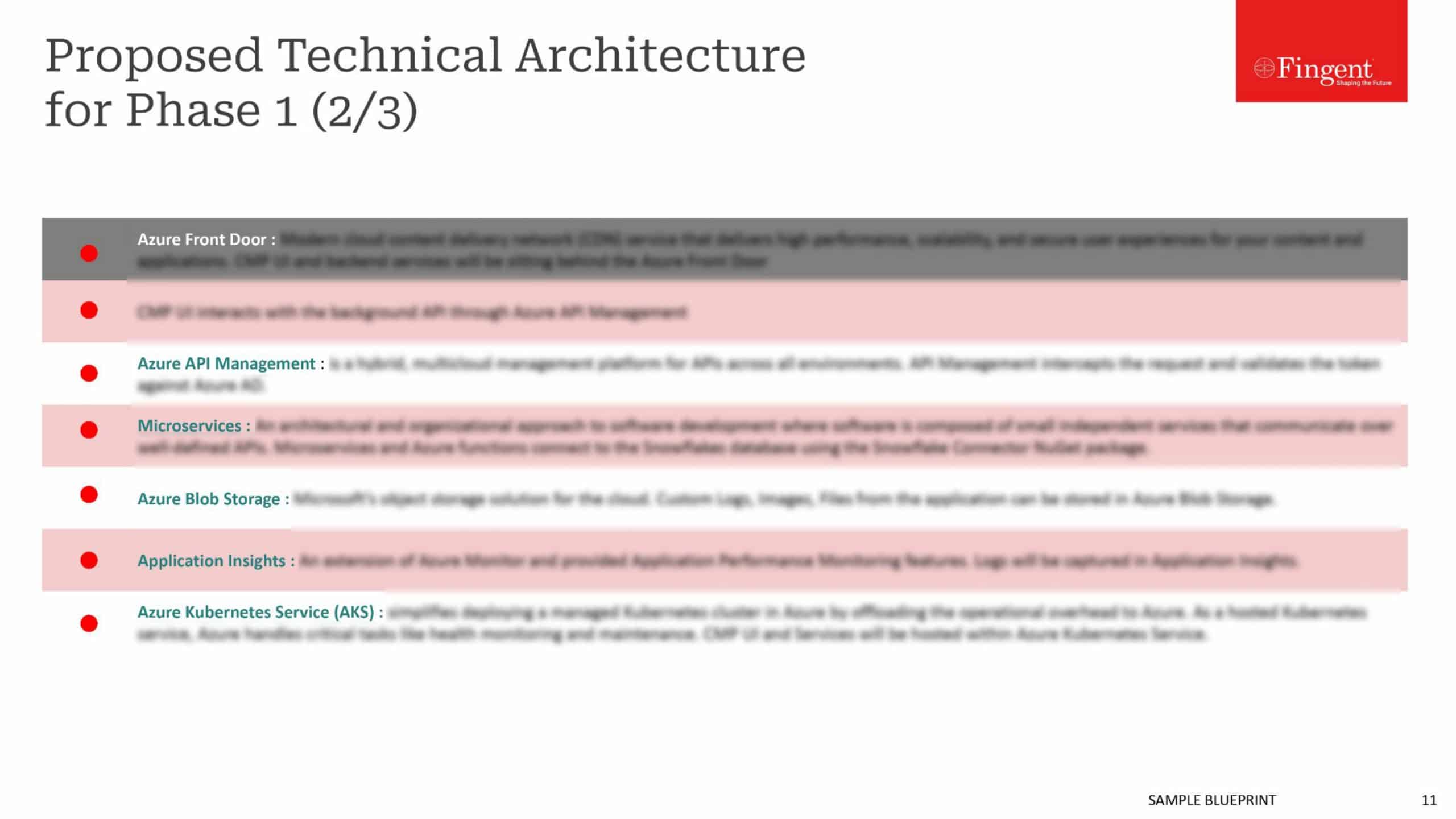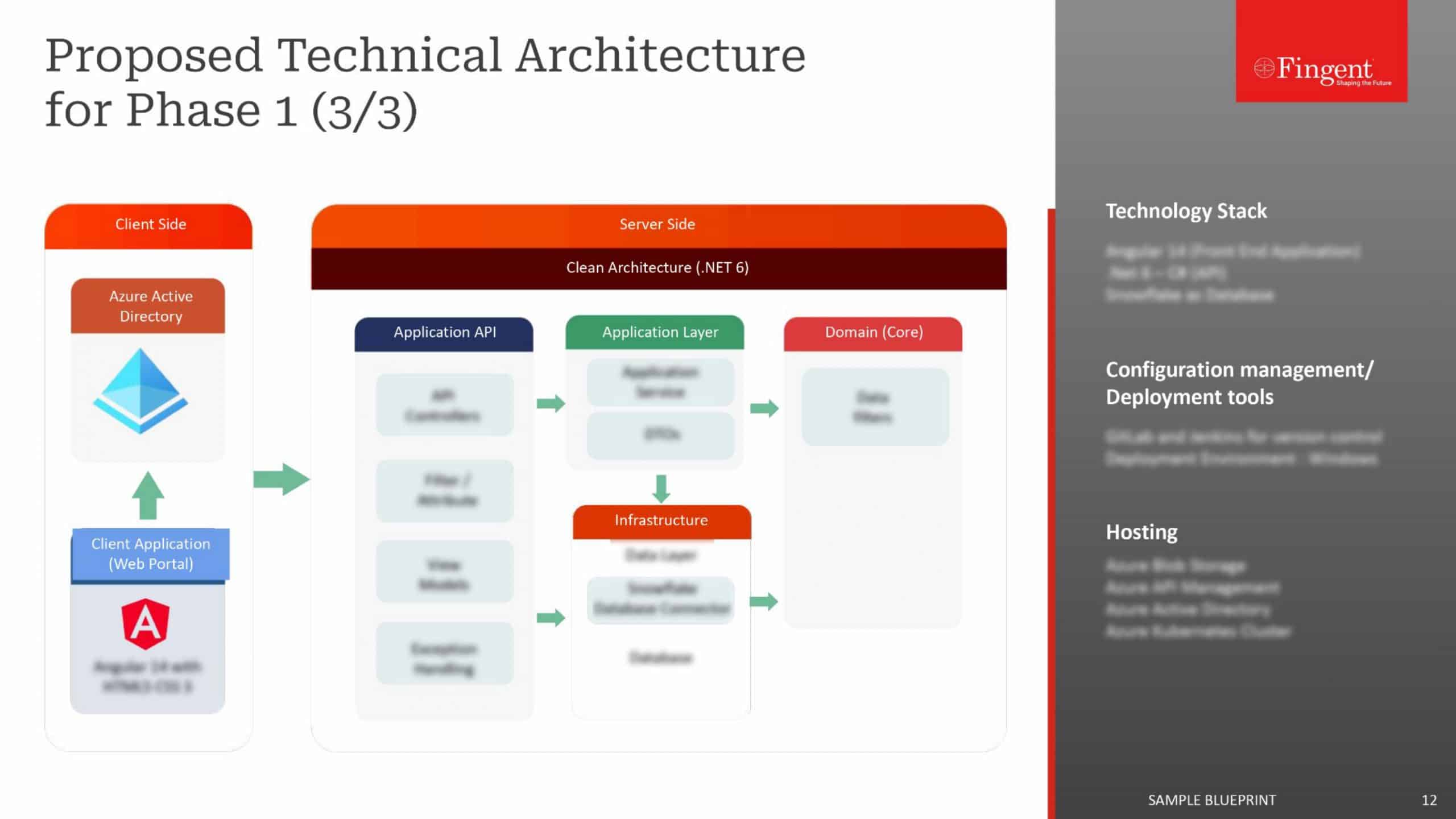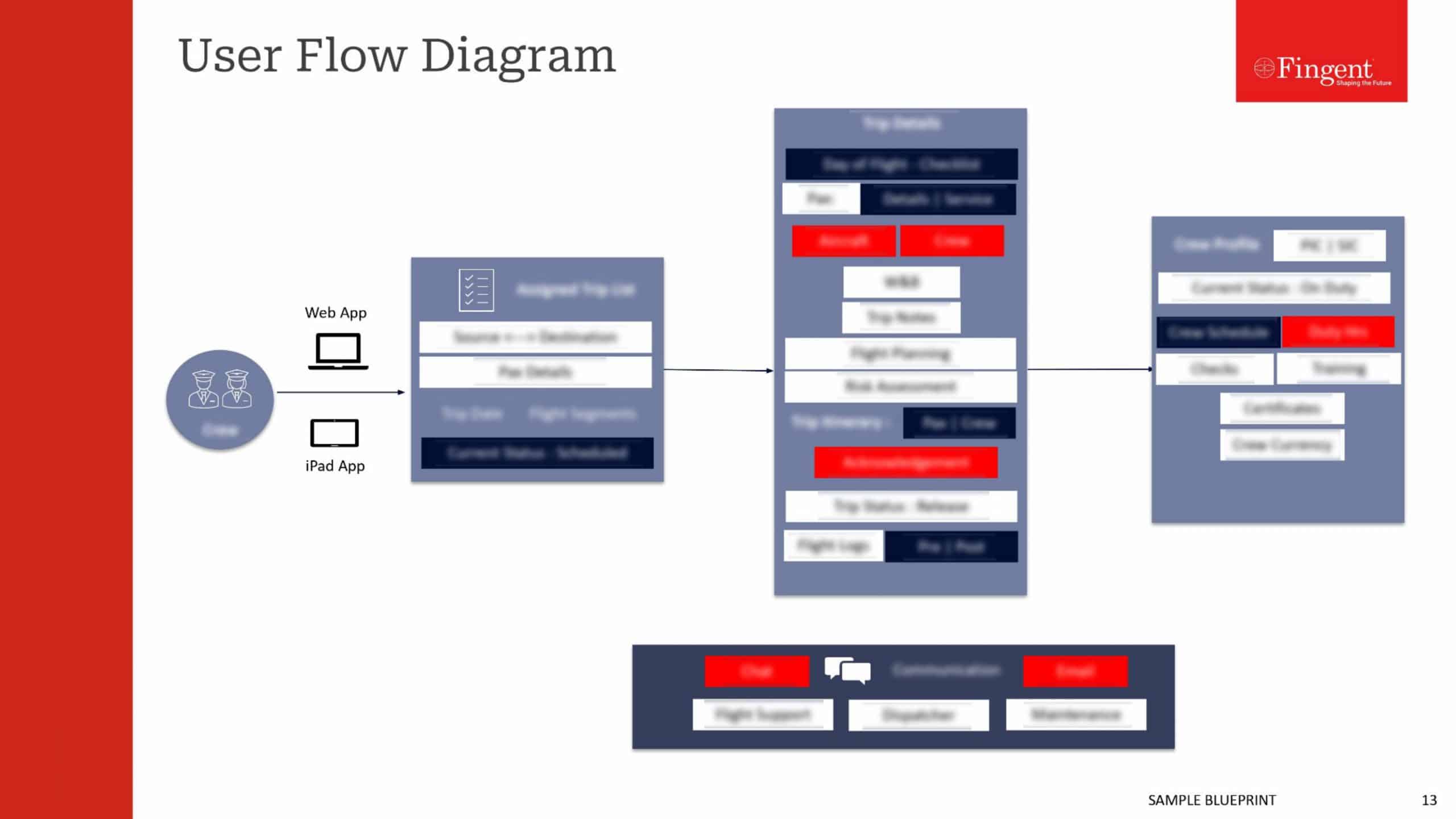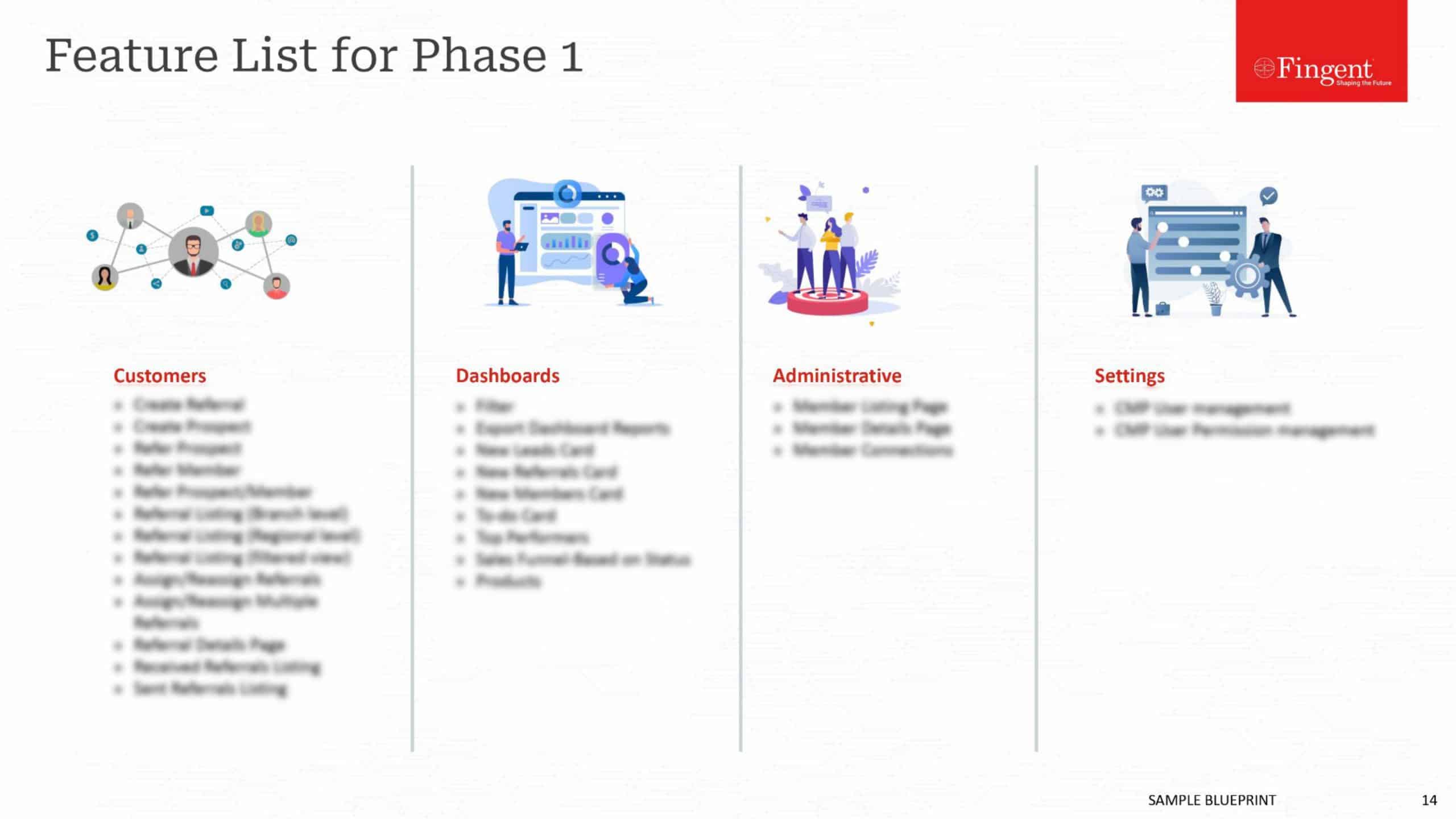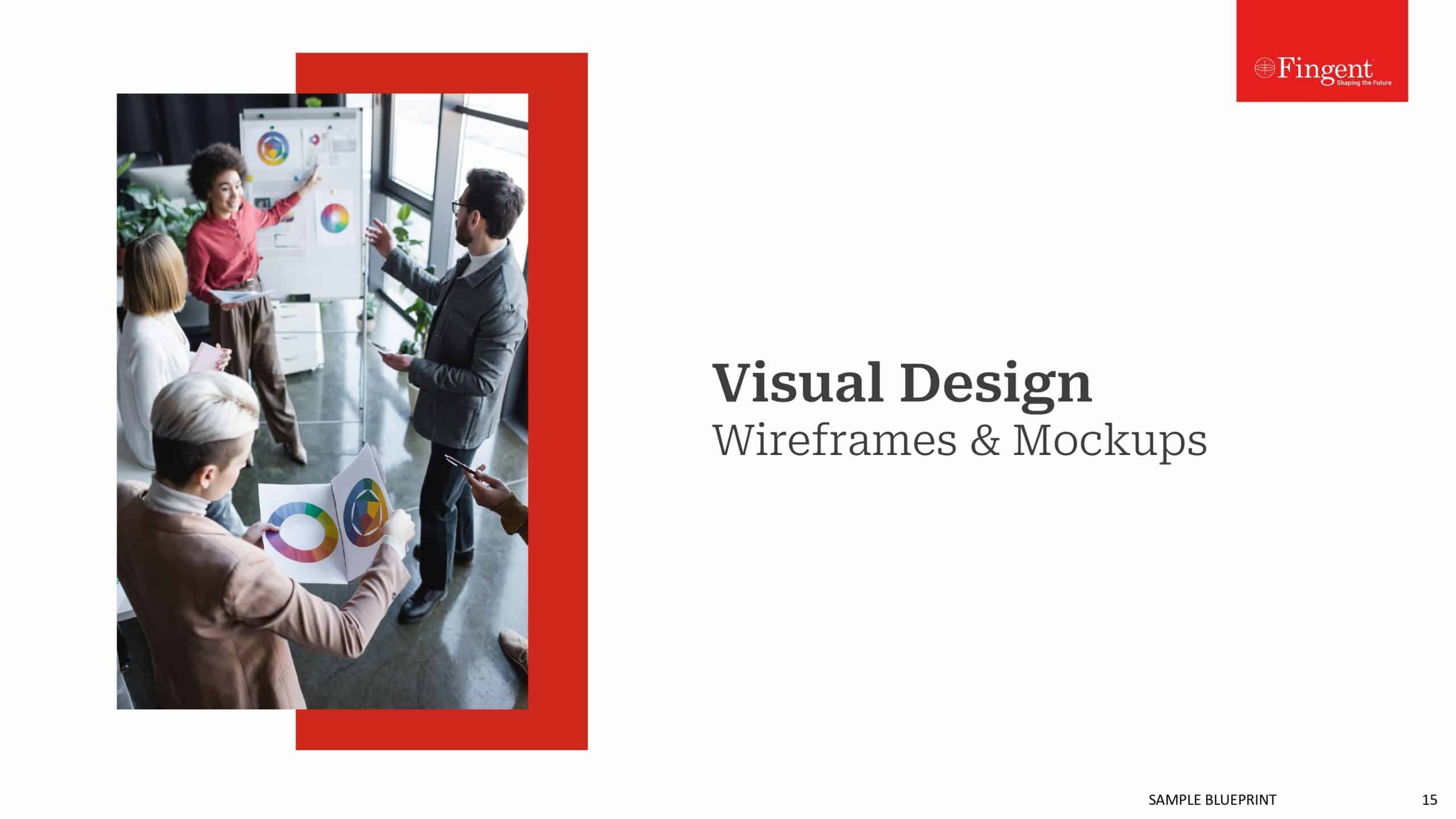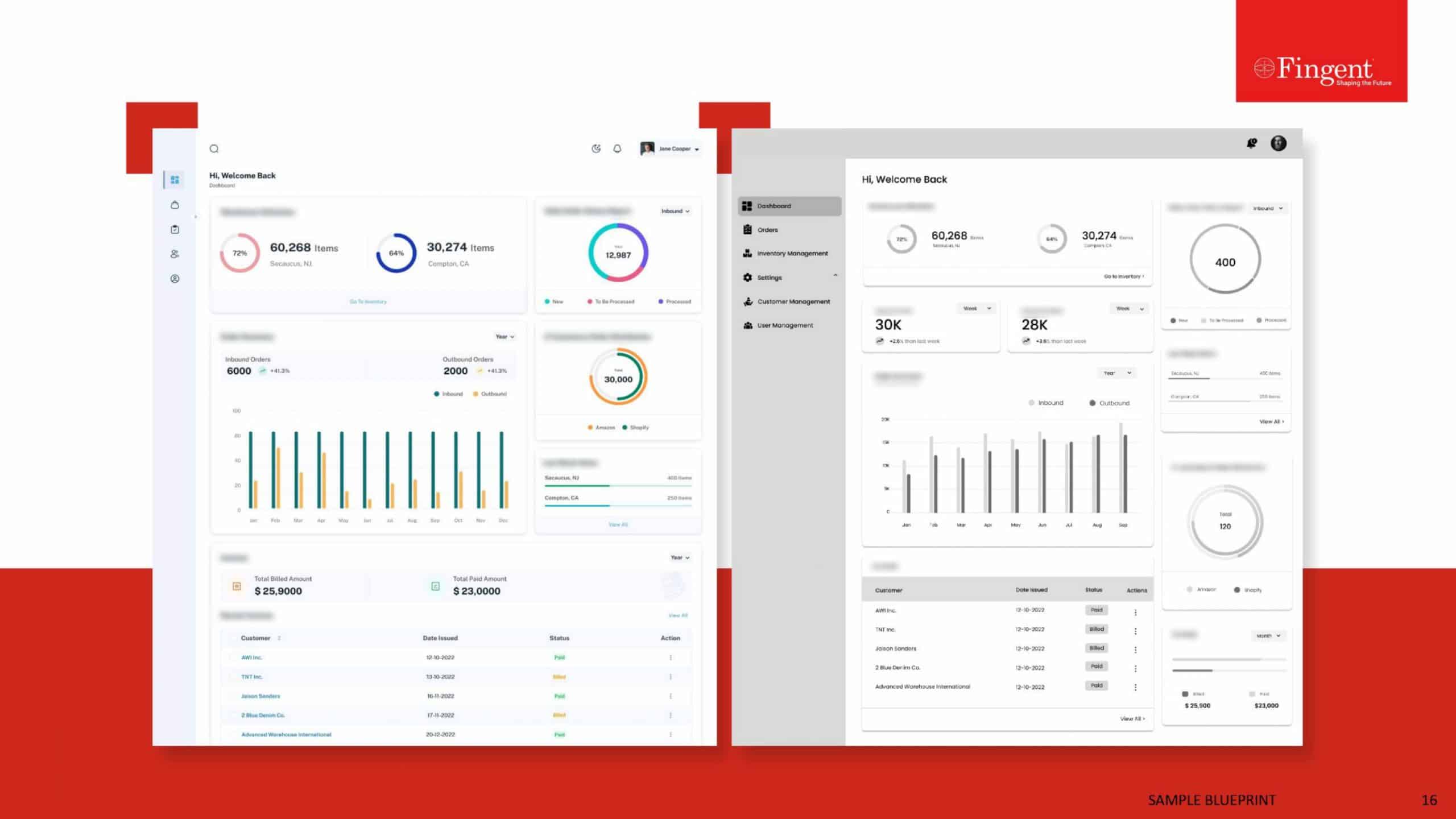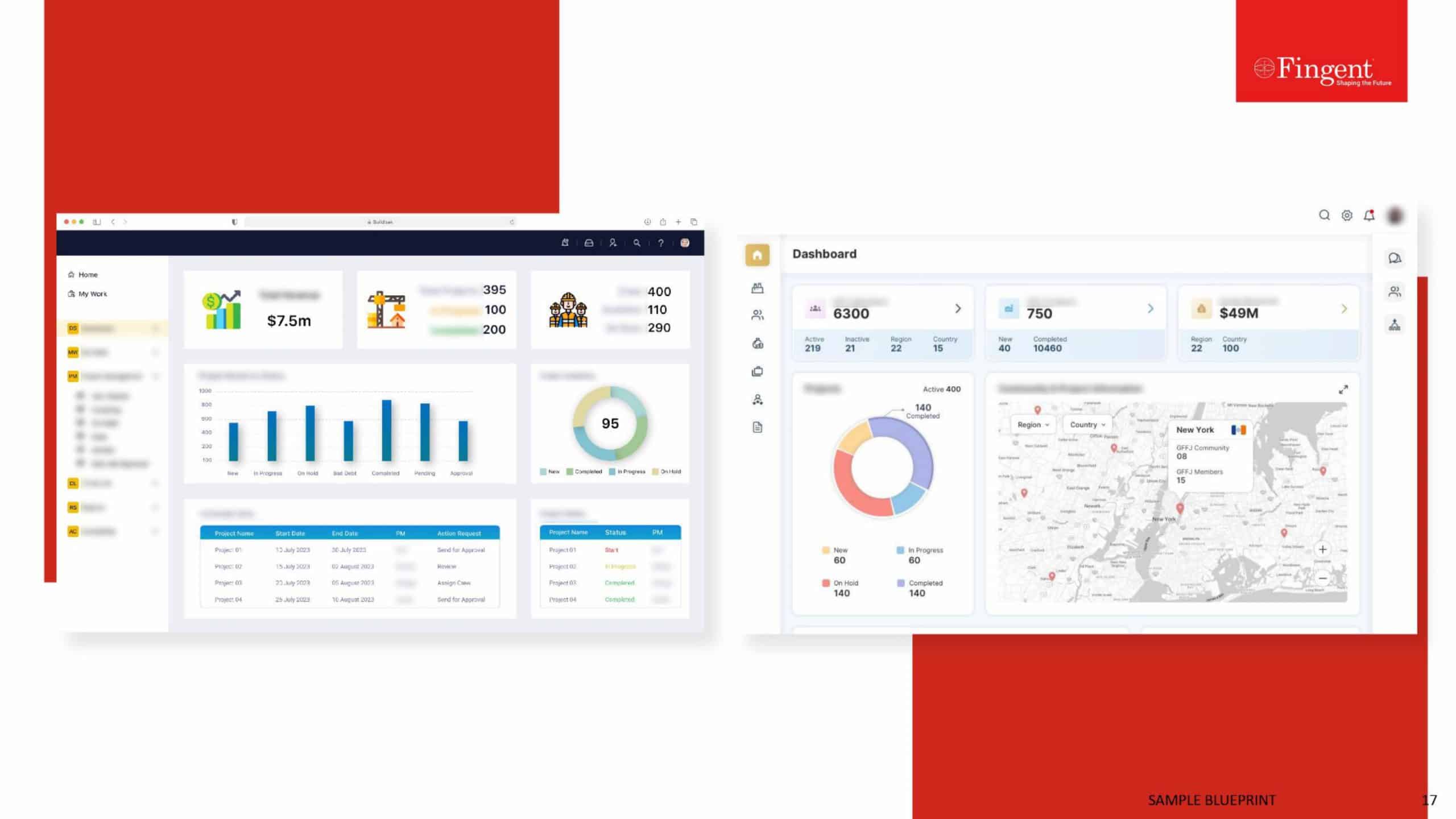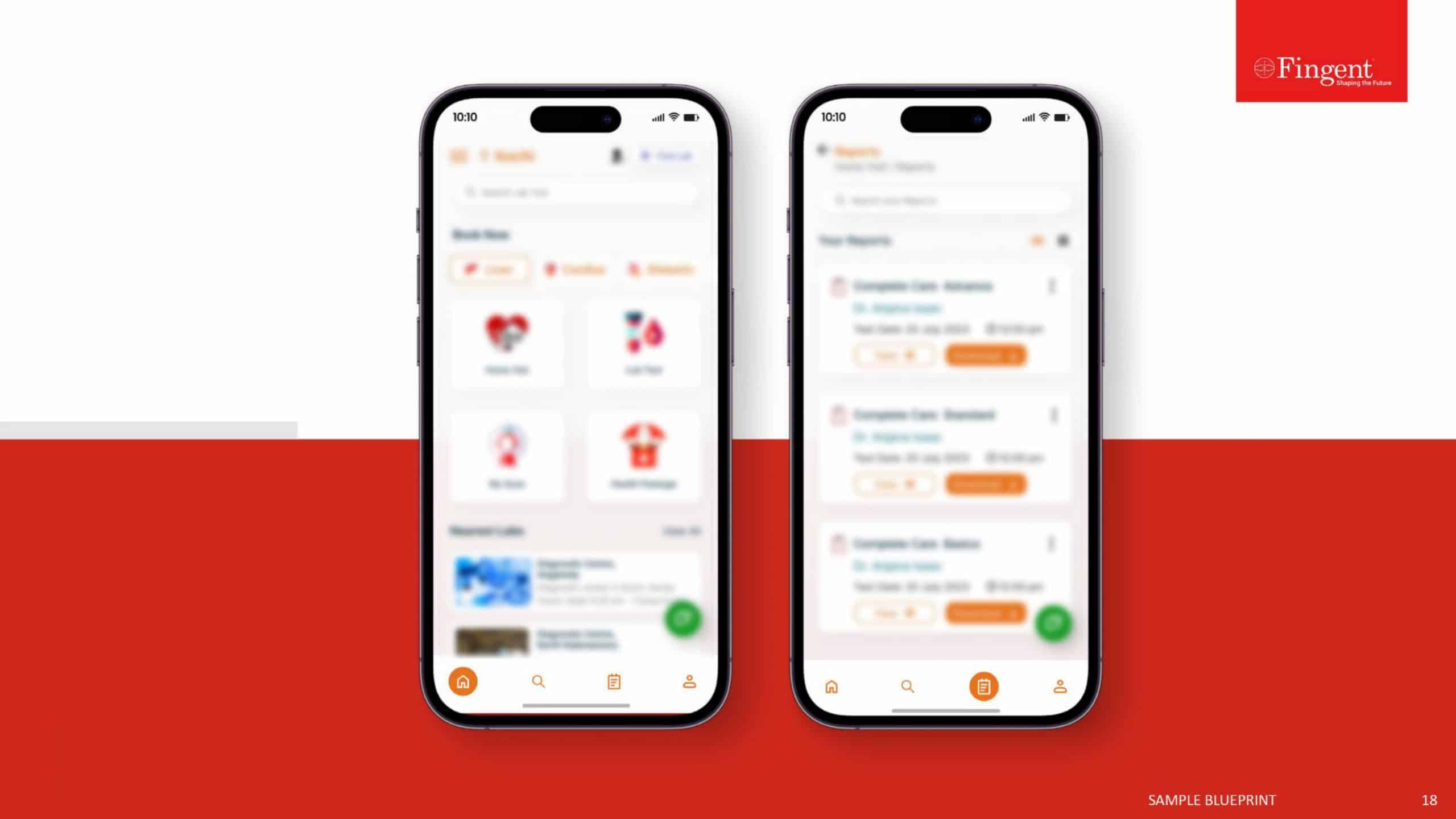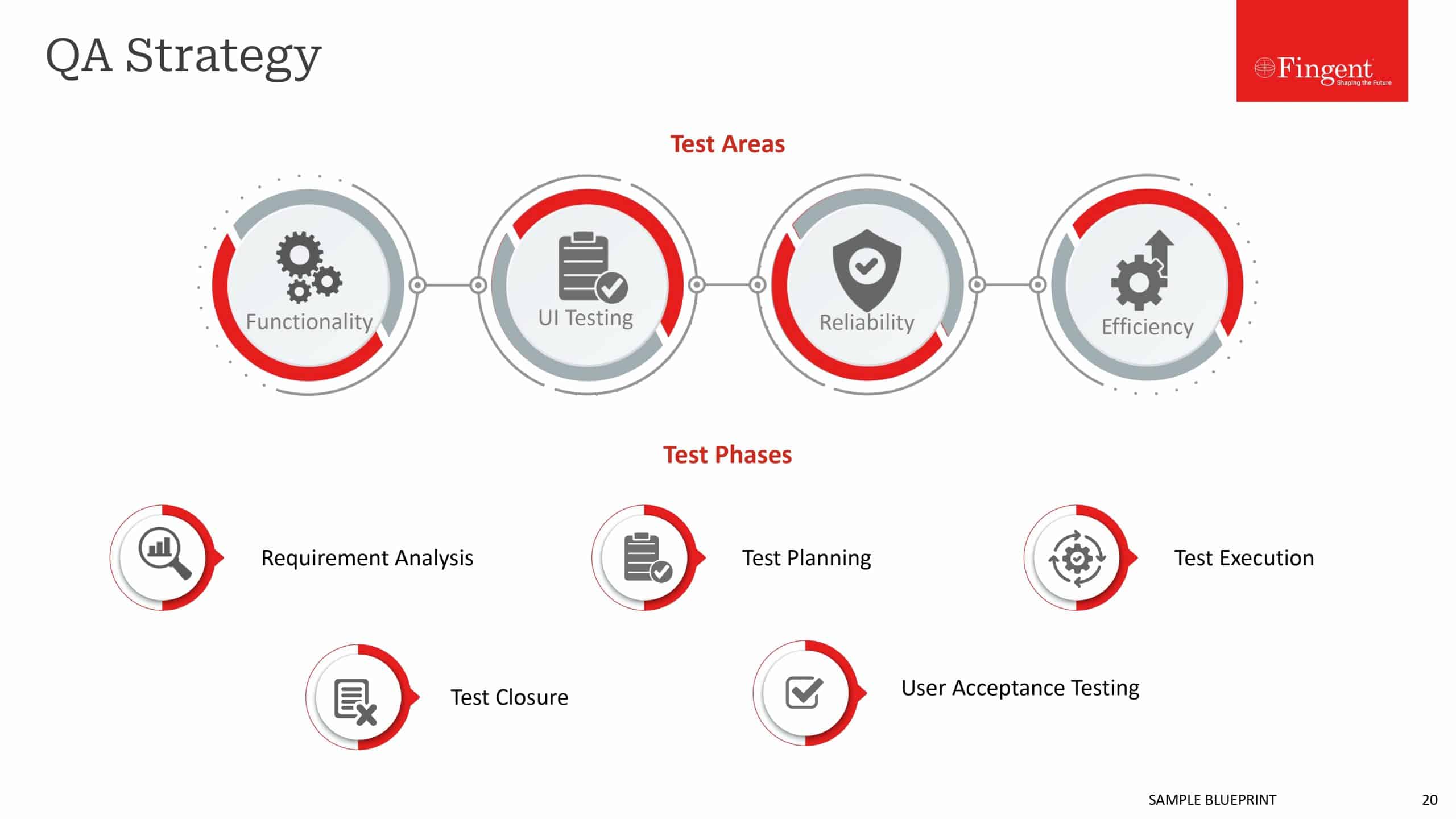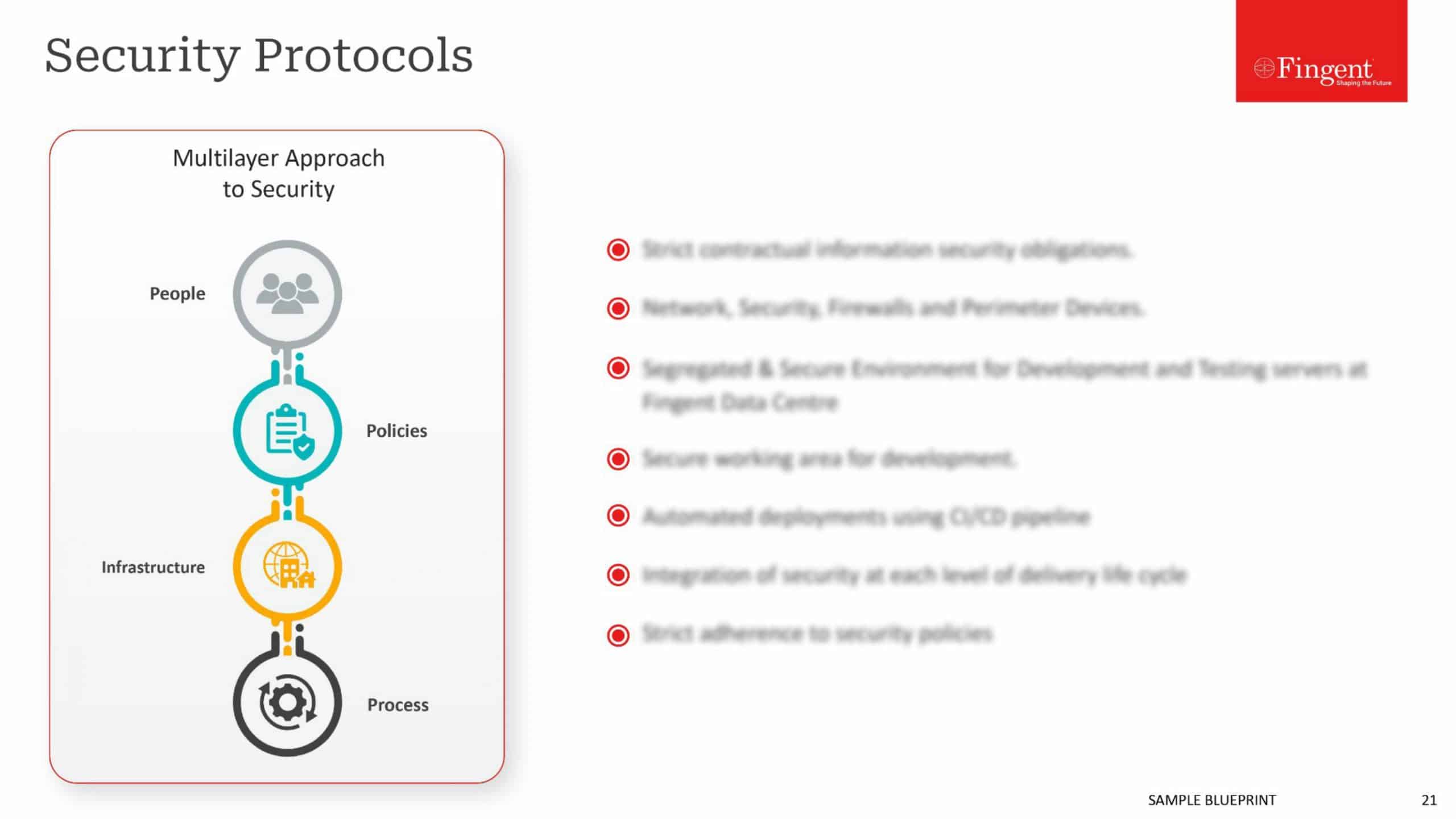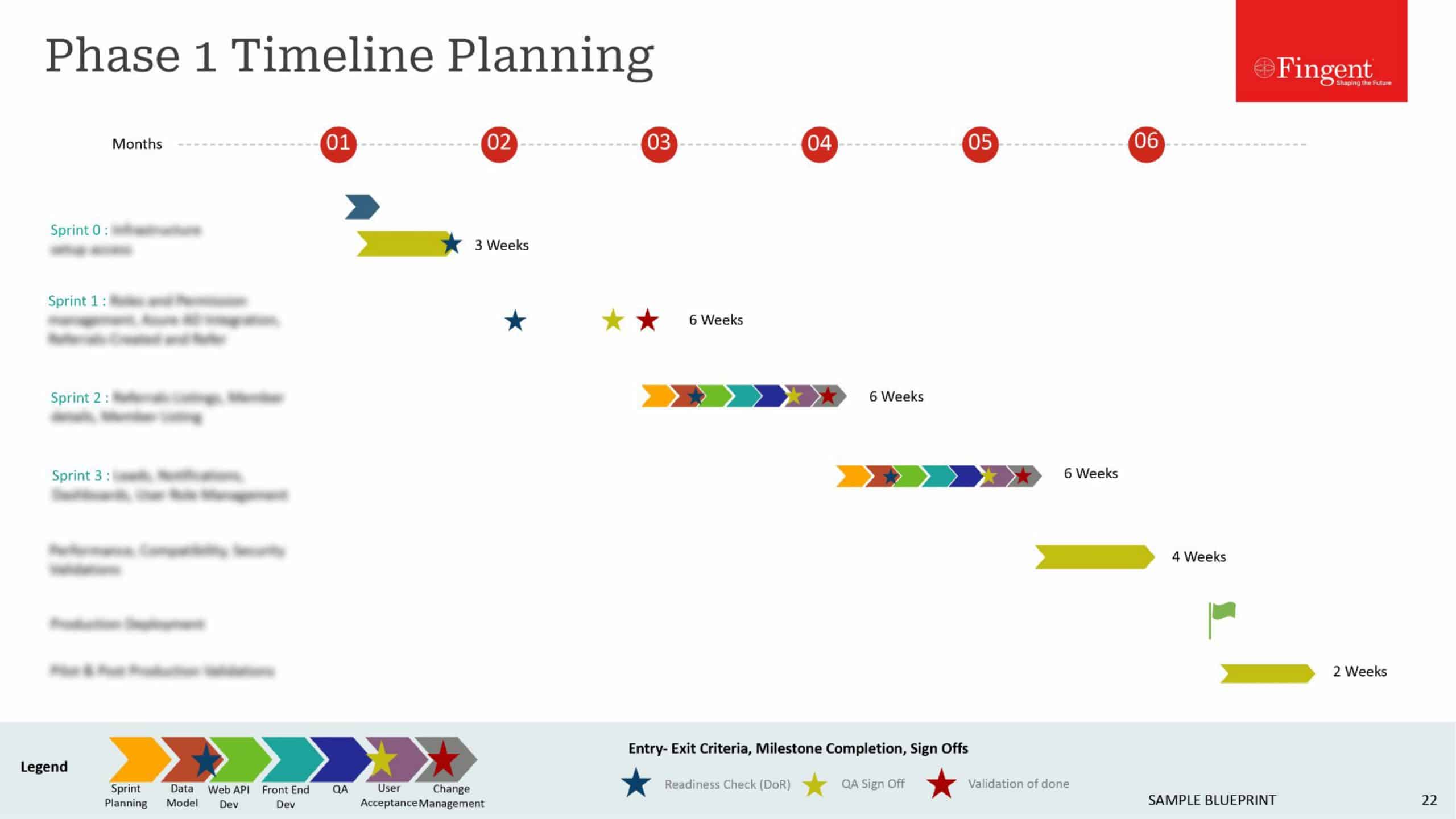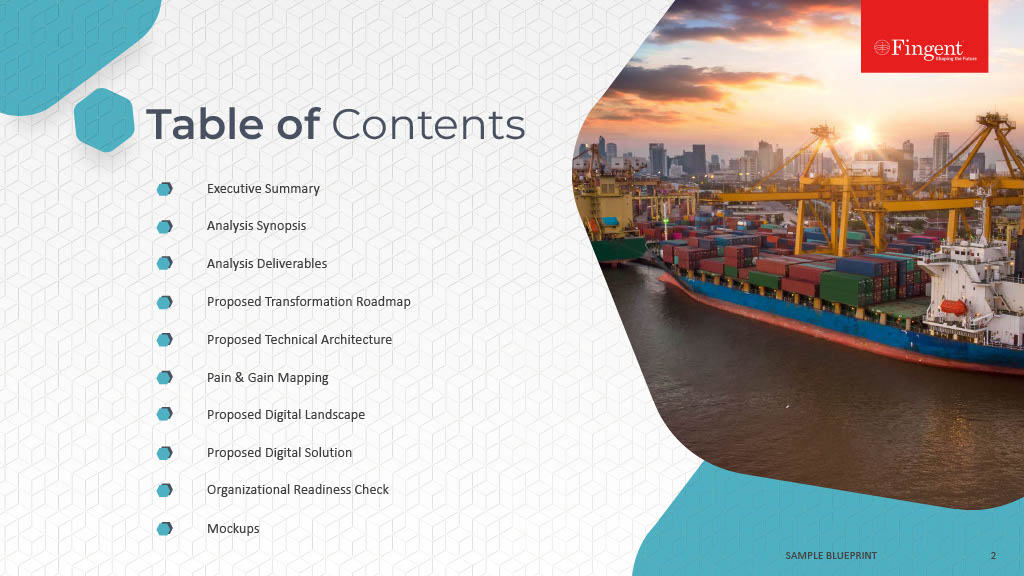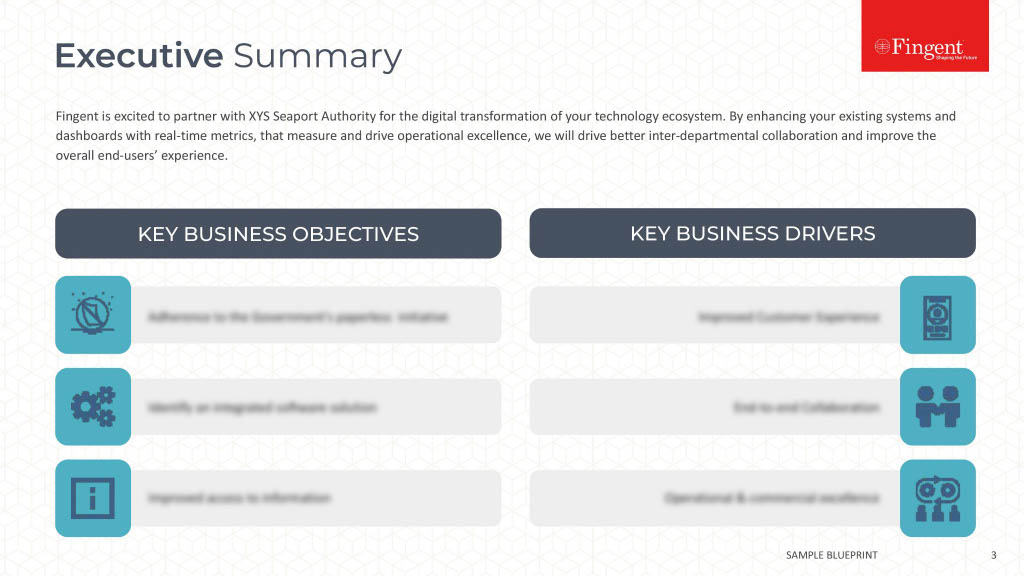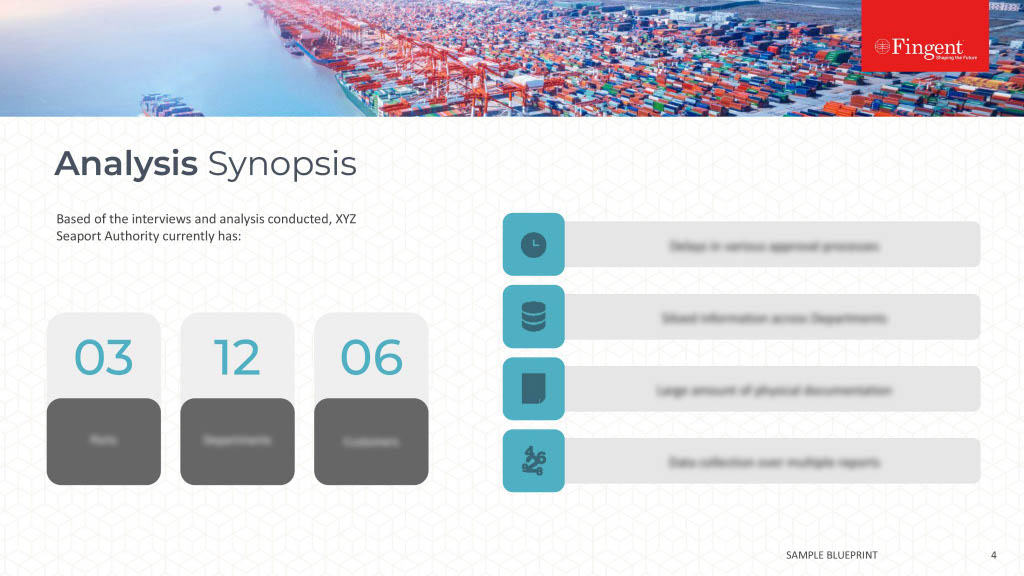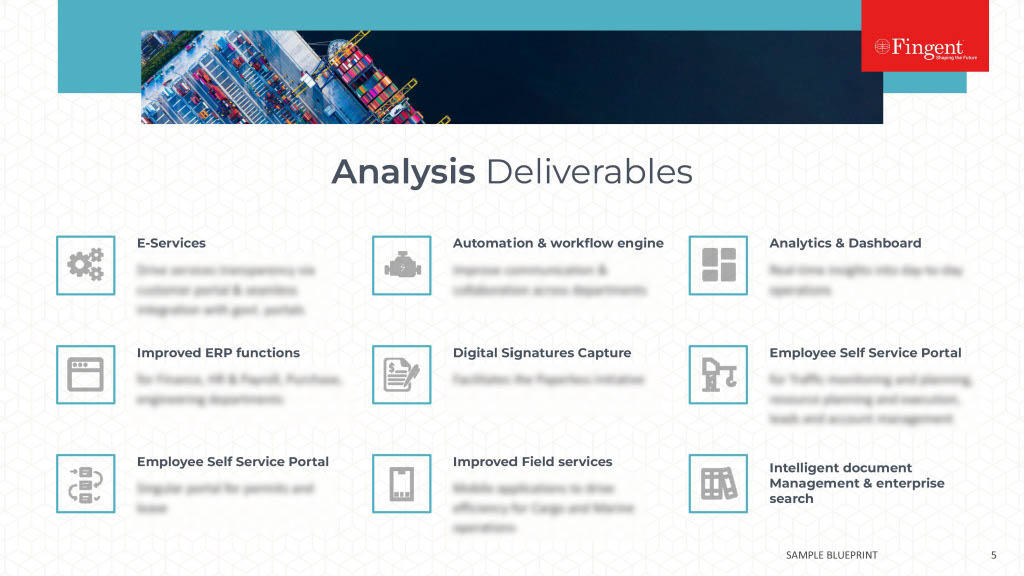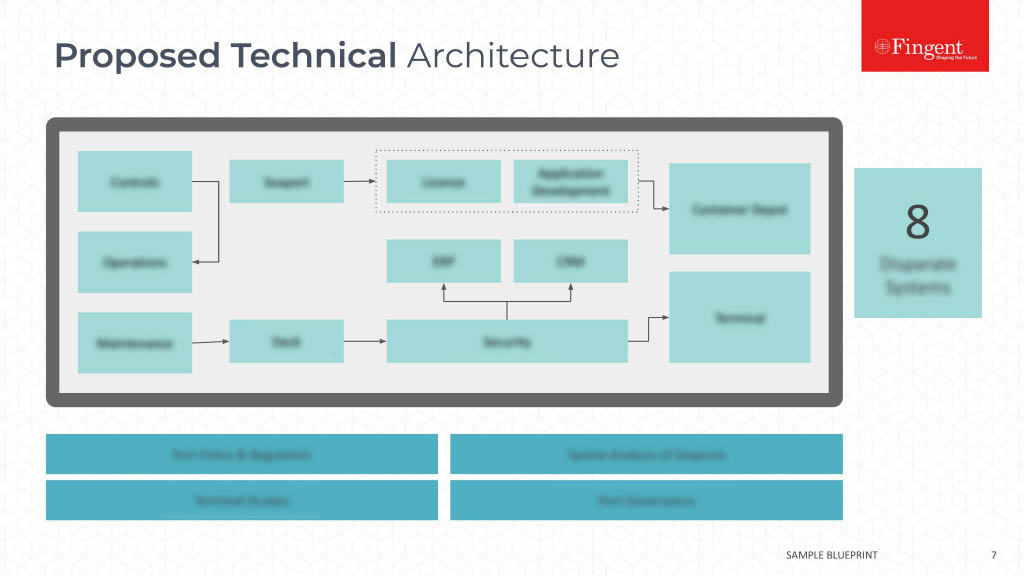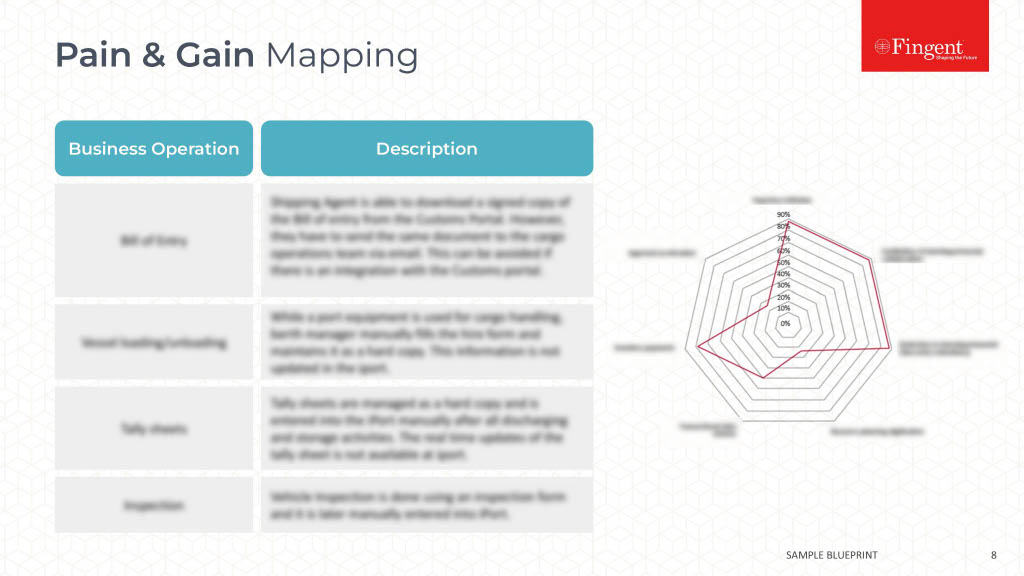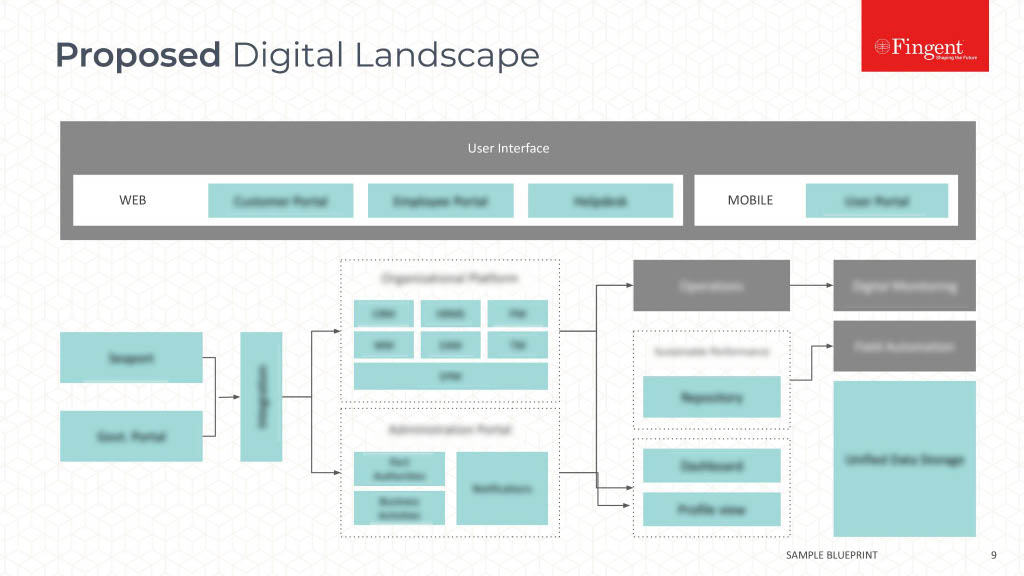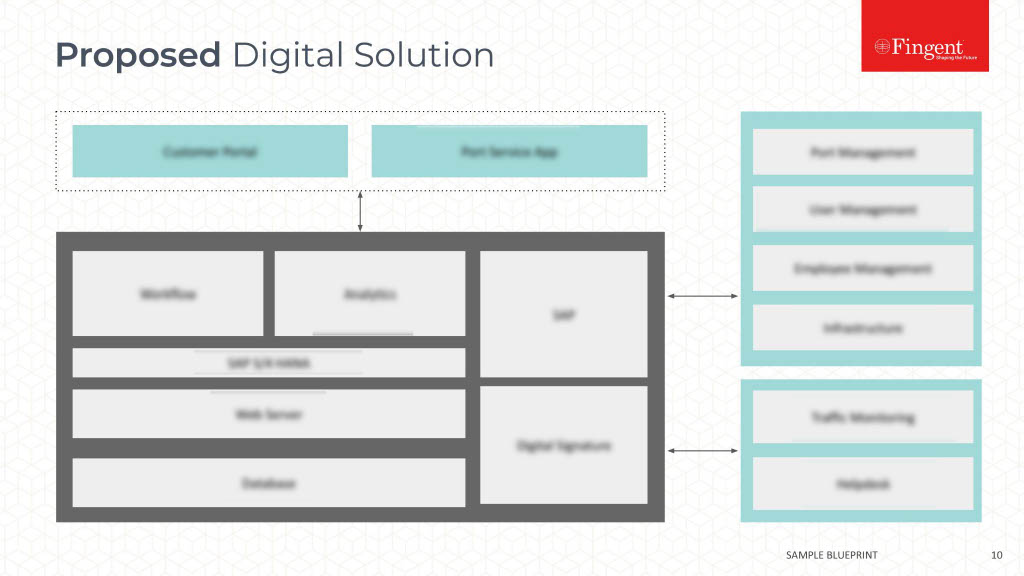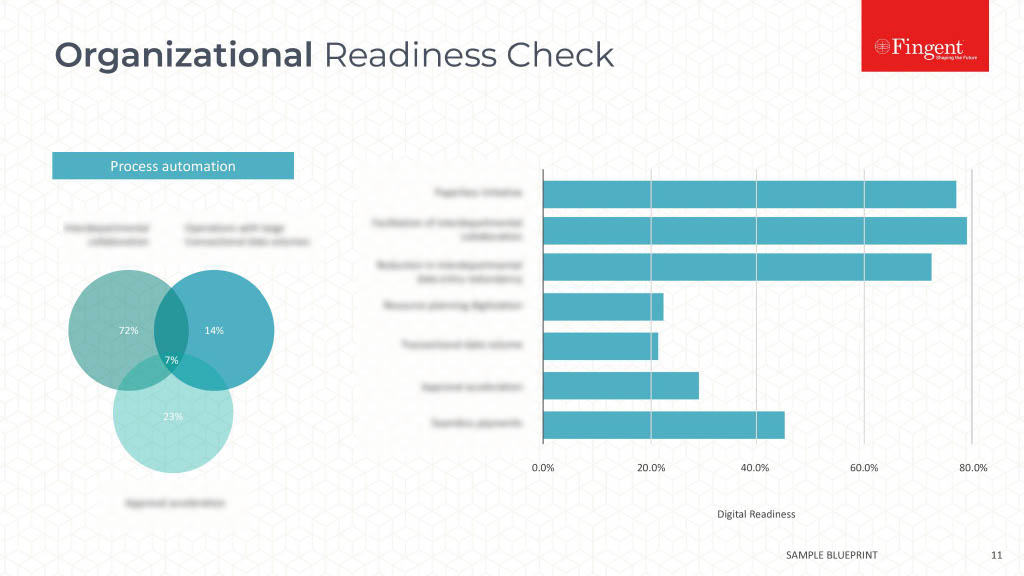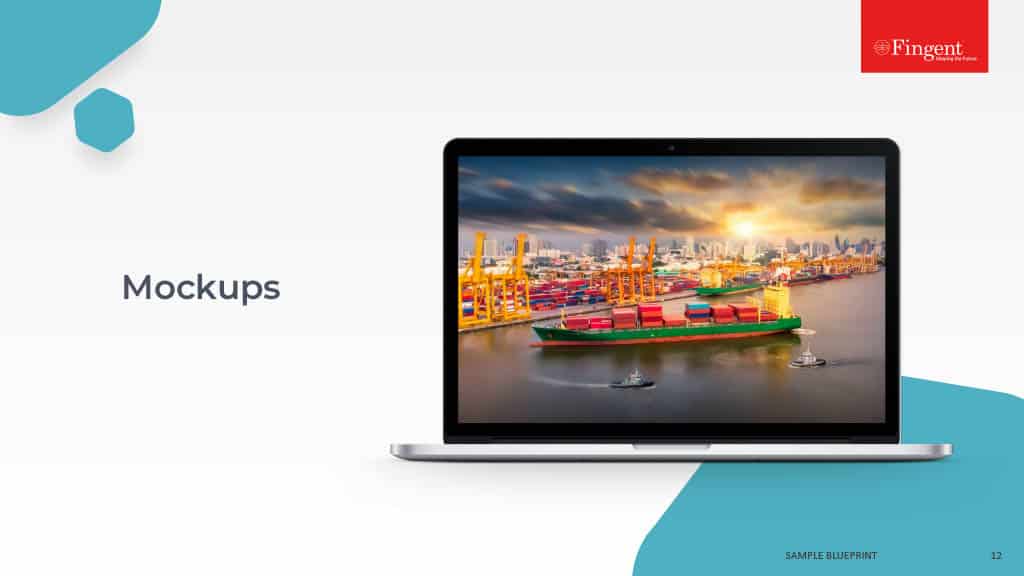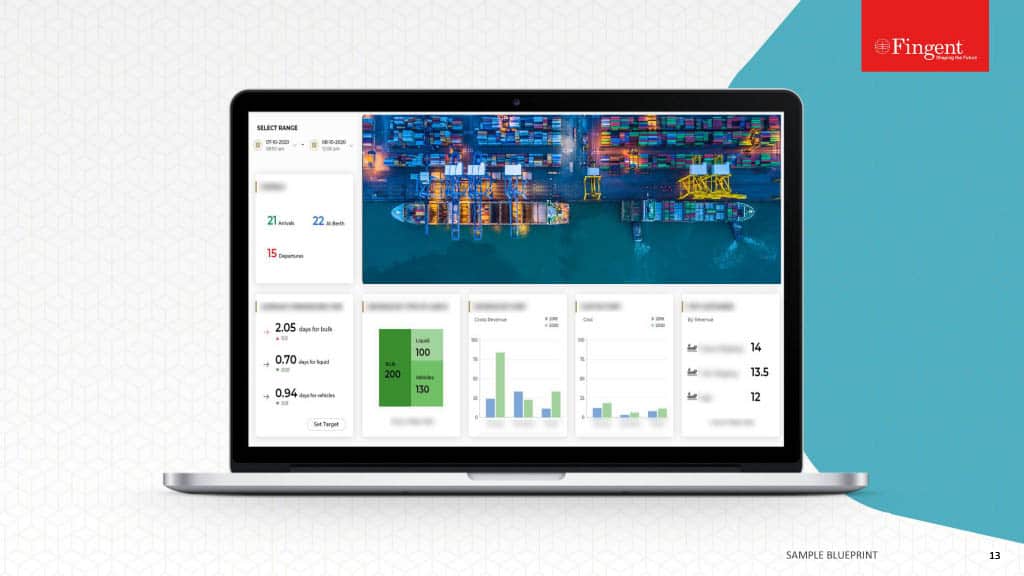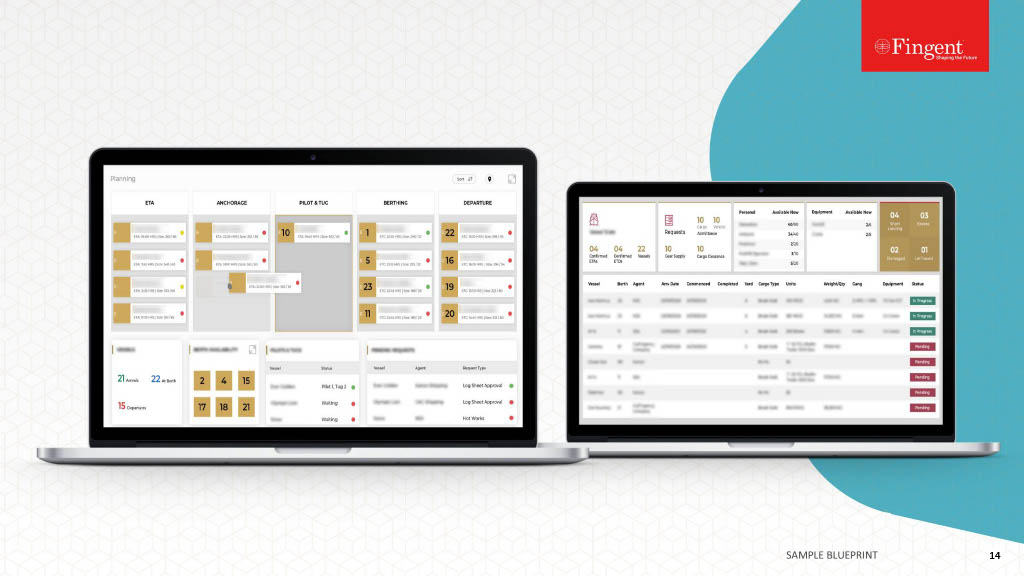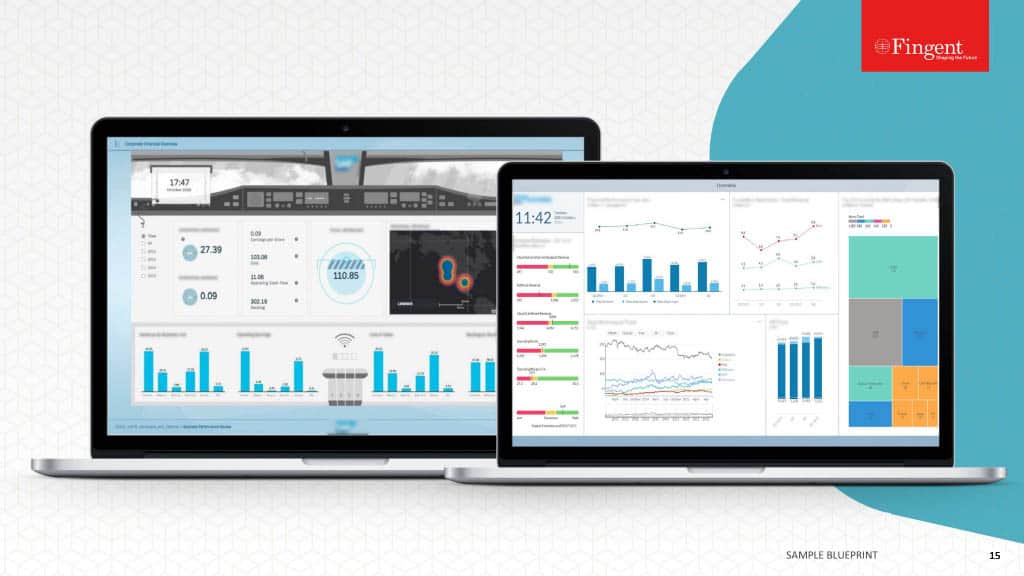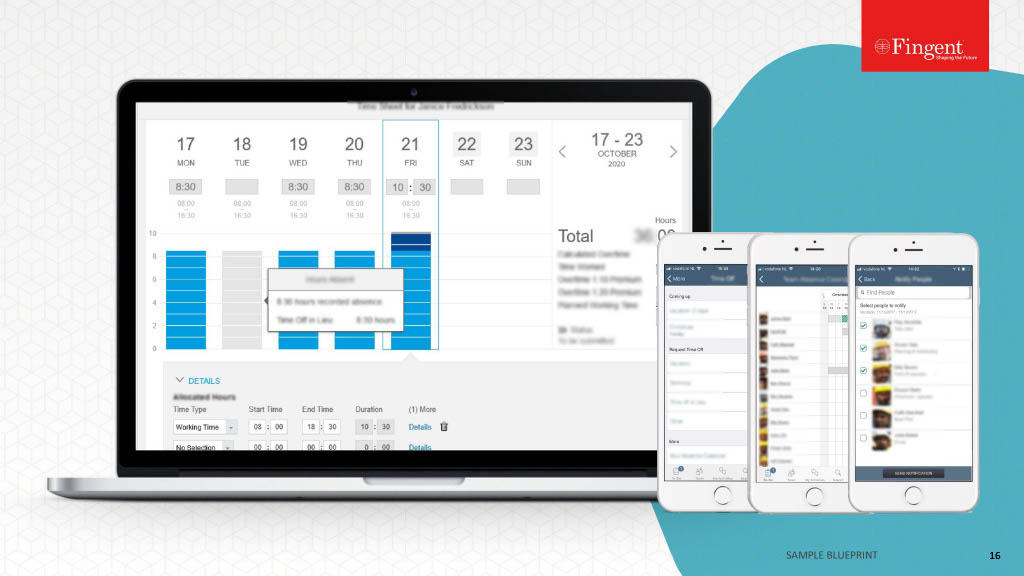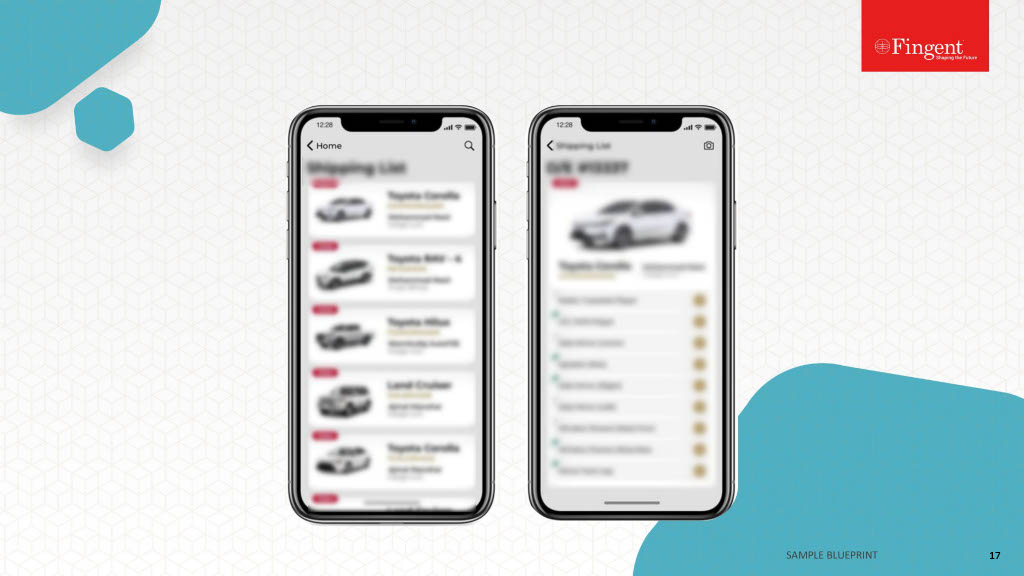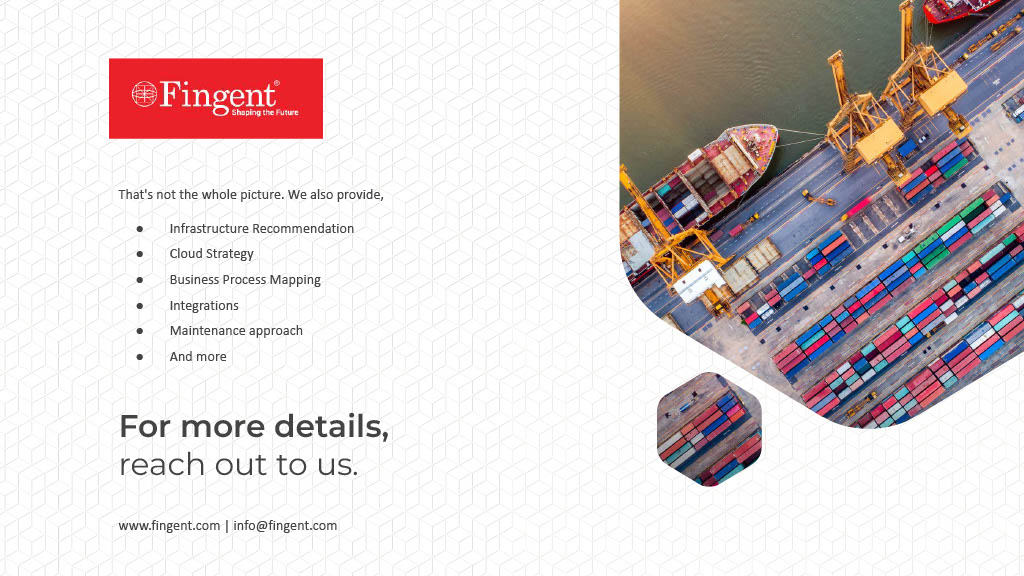Category: Digital Transformation
Educational institutions were among the most impacted aspects of society when the coronavirus unleashed its hold on the world. Over the course of 18 months schools, colleges, and universities all around the world have faced more than their fair share of problems. No matter how difficult adapting to a completely different mode of teaching and learning is, many institutions faced the challenge head-on, pivoted, and caught up with the rapid change successfully.
In this blog, we will examine the challenges that loomed in front of the admission and college selection process and how rising technologies like VR & AI have helped tremendously in successfully dealing with these challenges.
Read more: The future of Augmented Reality in EdTech!
The Pandemic – A Massive Challenge for Students
Transitioning into the university lifestyle is usually a very significant part of an individual’s life brimming with feelings of anxiety, trepidation, and excitement. Adding into this already complex intersection of negative emotions, the aggressive transmission of COVID-19 has altered the higher education landscape on a colossal scale.
The pandemic created exponential threats to a student’s experience of streamlined higher education. Poor psychological outcomes, increasing levels of social anxiety, inducing feelings of lethargy, and reducing overall academic performance are predicted in the recent college students. To top it all, new applicants are facing the most difficulty deducing if a college is a good fit for them or not without ever entering the campus because of the pandemic restrictions.
Admissions and the College Selection Process During The Pandemic
The pandemic has forced universities and colleges to alter admission policies in recent years. There are constant updates in admission procedures that everyone must be aware of, whether it’s the extension of application deadlines or a change in how the admissions department will be evaluating applications.
1. New Selective Process
Many institutions dropped stereotypical testing methods and canceled extracurricular activities, and admissions counselors have changed how they examine and evaluate applications. Admission staff are encouraging potential students to showcase their caliber, personality, and passions during admission, particularly how they pursued the latter accompanied by a world plagued by COVID-19.
2. Efflux Of Applications
Since most popular universities and colleges decided not to consider SAT/ACT scores, they have faced a surge of applications creating greater diversity in the application pool. This hope is slightly misleading. Theoretically, it may seem as though the students have a good chance at admission, but this does not always translate into reality as these institutions still remain very selective.
3. Prosperity In Medium-Level Institutions
A great number of students who didn’t find acceptance in popular institutions found their hope in Medium-Level Institutions
4. Travel Restrictions
Due to travel restrictions, colleges provided online platforms for applications and even conducted interviews for admission through online mode.
Decrease In College Enrolment and Its Effects
Although universities and colleges have tried their maximum to keep admission procedures streamlined, College enrolment has seen a massive slump due to the pandemic. There is a drop of almost 1 million college students enrolling in higher education since before the pandemic began. Compared with the fall semester before the pandemic in 2019, undergraduate enrolment has dropped a total of 6.6%, representing the largest two-year decrease in more than 50 years. Thousands of students, many from low-income families were forced to delay school or drop out because of the pandemic and the economic crisis it has created.
Health and economic factors play into why hardly any students are enrolling in college during the pandemic and why people are opting for better-paying jobs instead of spending money on college. Given that cost is still the biggest obstacle, it isn’t surprising that prospective students suggest “free college” for a bigger impact on them finishing or returning to college – a very interesting insight that legislators are currently debating on.
The impact of having students not enrolling in college affects their individual earning potentials, as well as the economy of the country. Research shows that getting even a simple post-secondary education can lead to higher wages, lower unemployment, and greater lifetime earnings. Without this, fewer people graduate with the skills, credentials, and degrees required for a higher-paying job, which means unemployment for the student and a lack of a skilled workforce for the community.
Read more: Answering the top burning questions on AI implementation for businesses!
The Timely Rise Of VR & AI
“Change is inevitable and the disruption it causes often brings about new opportunities.”
Virtual Reality (VR) and Artificial intelligence (AI) are two cutting-edge technologies on the rise today. Their practicality has been proven in a number of fields and in the midst of the pandemic, these technologies grow greater.
Higher education administrative processes have started using AI to recruit, admit and enroll students. It acts as a powerful instrument in nurturing innovation and entrepreneurship in universities and it can accurately estimate demand, which means it can predict with precision how many applications to accept to achieve prime enrolment numbers.
Here are a few ways how AI helps:
- AI-backed software scores an applicant against a set of significant factors based on past applicants and builds software for higher education. This is comparatively easier and faster than admission officers assessing each and every application on their own.
- AI eliminates situations where an admissions officer might know an applicant and be biased, robotically flagging a personal connection that exists between two parties.
- AI can customize, speed up and personalize the admissions process for intercontinental students, including visa processing, housing selection, and course registration.
- AI has the latent to create interventions for students suffering from homesickness or social isolation and is thereby an important tool for student welfare, ultimately attracting more student applications.
#1. How Fingent Utilized AI-enabled Chatbots To Create Enhanced & Engaging Learning Experiences
Fingent helped the University of North Carolina develop an AI-driven ecosystem powered by IBM Watson that facilitates students to interact with an AI-enabled Teaching Assistant(AiTA). Multiple Chatbots are set up to manage a wide range of student inquiries. Also, important documents and teaching materials are uploaded with keyword and tag searches to make them easily accessible. The environment enables to create a healthy student-teacher relationship, instruct and engage students effectively, and improve students learning experiences.
Virtual Reality on the other plays a major role in providing a mode for students to experience the campus without even stepping into the college or university with Virtual Reality Campus Tours. At Fingent, we were able to capitalize on this for our clients. By applying the latest mobile technology and 360-degree panoramic video abilities, we helped build apps that swiftly connect students with campuses of their choice through their mobiles, reforming and simplifying the complete search process. Deploying Virtual Reality to innovate campus visits is also helping increase admission rates from underprivileged areas of the country, allowing students to seamlessly find the right courses and campuses from anywhere!
Here are a few ways how VR helps:
- A VR package allows overseas students to get a sense of what the community and campus are like.
- It creates a high-quality image of the college and by using cost-effective devices like Google Cardboard, keeping costs in check becomes a less daunting task.
- With the help of VR, you can give enrolled students (who have not already seen the campus) a more profound sense of campus life and community. The idea is to charm them to make time for an in-person campus tour.
#2. More On Gear Up – Deploying VR For Campus Visits
GEAR UP is a virtual reality-based app that helps high school students experience a college campus through Virtual Reality and 360 Video. GEAR UP creates direct connections to college campuses and curates the college choice process. It empowers individual exploration and is completely free to download, making it easily accessible. It invites students to explore colleges and focuses more on first-generation students. The Introductory videos are anticipated to assist students in finding a suitable college to fit their interests and give them a sense of where they might want to attend. GERA UP is created as an initiation to help increase the number of students from low-income backgrounds who seek to obtain a secondary or post-secondary education.
College admissions, learning experiences, and in a way, the entire education industry is on the brim of a massive revolution. Deploying technology seems like the only way to tackle the ever-growing challenges and adapt to the fast-evolving world. It’s time now to step into digital transformation. Connect with us today and partner with one of the leading custom software development and technology consulting companies!
Stay up to date on what's new

Featured Blogs
Stay up to date on
what's new



Talk To Our Experts
Technology trust is a good thing. Traditional approaches focused on establishing a strong perimeter to keep the bad guys out are no longer enough. In today’s digital world, Zero Trust Security is an approach that is essential for every business that has an online presence. Zero trust is a holistic and strategic approach to security that verifies every person and device that is granted access and confirms who and what they say they are. This blog explains why there is an increasing need for app security and 7 reasons why businesses need the Zero Trust Security paradigm.
Is There an Increased Need for App Security?
Cloud environments host business-critical applications and data, making them vulnerable to attack by hackers who would like to steal, destroy, or hold hostage sensitive data for personal gain. Though the security strategy is not perfect, Zero Trust reduces the attack surface and limits the impact and severity of the attack.
Functionalities in an application increase its vulnerability to an attack and the frequency of the attacks also increases. Identifying vulnerabilities and security threats early on can save a lot of time and money for businesses. App security lowers the number of vulnerabilities, increases efficiency, and improves the speed of detection and time-to-fix.
Watch now: How InfinCE – an infinite cloud platform, is empowering industries with secured next-gen cloud technology!
7 Reasons Why Businesses Need Zero Trust Security
Zero Trust limits the scope of damage if credentials are compromised, or if the firewall is breached. This paradigm secures remote work better than conventional methods. It improves productivity and organizational agility. Here are additional reasons to consider:
1. Increased Cyberattacks
When organizations rely on a single sign-on (SS)) verification method, ensuring people are who they say are may become difficult and risky. To avoid this security gap, SSO should be balanced with other technologies like Multi-factor Authentication (MFA).
In the last few years, MFA has become easier and smarter. While SSO and MFA together create a tight web of security around an organization, they fail to provide a smooth end-user experience.
That is where Zero Trust Security comes in. Zero Trust is based on the assumption that “nothing” and “nobody” are to be trusted. Using AI and ML in Zero Trust models, organizations can start to learn the normal behavior of their employees. These enable organizations to detect any deviation from their regular pattern and block an employee’s access until he is being verified.
2. Cybersecurity Workforce Outpace Supply
The success of Zero Trust depends on continual monitoring and analytics. When you use automation to evaluate access requests you can judge those requests based on the key identifiers and then automatically grant access. The IT department need not be involved in approving each access request, but look into it only when the automated system flags requests as suspicious.
How can this be of significant benefit? According to Cybersecurity Workforce Study, 2021, 60% of the participants reported that the shortage of cybersecurity staffing is placing their organization at risk. Despite the influx of 70,000 professionals into the cybersecurity workforce, global demand for cybersecurity professionals continues to outpace supply. So, if you can safely automate, you can reduce human resources, and your existing team can devote their time to innovation and improvement.
3. Heightened Security Measure Require More Security Teams
The Zero Trust optimizes your existing security team because it uses a centralized monitoring system. With it, your team can easily generate reliable data and gain insights. As a result, you can maintain a more secure environment even with reduced security staff.
4. Cloud Environment Require Shared Cybersecurity Responsibility
Businesses are moving their critical applications and workloads to the public or hybrid cloud. Given that, cybersecurity leaders must reconsider the security measures they have in place. The cloud environment requires a shared responsibility model. In the Zero Trust model, certain security aspects are provided by the cloud vendor, and others are cared for by the enterprise.
Read more: Why Is Cloud Security Important What Are The Best Practices to Ensure Cloud Security

5. Network Is No Longer a Secured Enterprise Network
Work From Home has necessitated intense use of the cloud. This means the internet network is no more secure. The conventional security measures and visibility solutions are no longer practical or robust enough. Zero Trust rests on the foundation of the “always-verify” principle. It offers complete visibility both in data centers and the cloud.
6. Everyone Need Not Have Elevated Security Privileges
In this digital-first age, users who access an enterprises’ applications and infrastructure are not just employees or customers. Vendors who are servicing a system, suppliers, or partners could also be accessing privileged data.
None of these non-employees need such access. What more, not all employees need access to every application, infrastructure, or business data. A well-executed Zero Trust strategy enables businesses to precisely control access based on key dimensions of trust.
7. Work From Home Increases Security Risks
In the post-pandemic era, Work From Home (WFH) has become the new normal. Location-based security technologies like the company’s headquarters are no longer relevant. Unsecured wi-fi networks and devices increase security risks. Assuming that their employee’s WFH setups and environments are not as secure as the office, businesses must depend on the overreaching system like a Zero Trust framework.
Work devices are traditionally managed, patched, and kept up-to-date with security tools and policies, not so with BYOD (Bring Your Own Devices). Some employees may forget basic cyber hygiene skills. The Zero Trust Security can control the potential for a security breach as it enforces access controls at every point within the network.
Watch now: Shifting to a remote work environment? Learn why InfinCE makes the best remote work companion!
Adopt Zero Trust Security
Zero Trust Security paradigm ensures each request undergoes evaluation based on micro-segmentation of user types, location, and other identifying parameters. Only after such intense scrutiny does it determine when to trust, what to grant access to, and how long that access should be enabled.
Zero Trust Security returns immediate gains through risk reduction and security control. But there is more. It improves visibility, increases productivity, makes better use of your IT resources, and facilities compliance. In a nutshell, Zero Trust Security helps your organization build strength and resilience.
Decision-makers and security leaders of an enterprise should consider leveraging robust layers of defense through the Zero Trust model. Zero Trust Security tightens controls over access to information through network perimeters and the implementation of strict authentication measures.
Security experts at Fingent are working with the Zero Trust model and have honed their skills in providing bulletproof security for our clients’ systems and networks. Give us a call and see how we can help you.
Stay up to date on what's new

Featured Blogs
Stay up to date on
what's new



Talk To Our Experts
Over 95% of businesses struggle to manage unstructured data in their day-to-day operations. Inability to decipher data prevents them from navigating the market successfully, making business forecasts, and customizing their offerings to match the changing market trends. This proves why data analytics is crucial in enterprise strategy planning. By 2030, the global big data and analytics market value is expected to touch $684.12 billion. As more companies embrace data analytics to enhance customer experience, optimize existing business processes, and lower costs, it’s important to take note of the data and analytics trends that will hold the reins in 2024 and beyond.
Here’re ten trends to behold:
1. Scalable and Responsible AI
Research and Markets report that AI makes analytics 48% more effective for industry applications. Traditionally, artificial intelligence (AI) techniques were applied to analyze historical data. However, unpredicted events such as the COVID-19 pandemic increase the demand for real-time data analysis. Adaptive machine learning promotes scalable, responsible, and intelligent AI that offers insightful business analytics even with smaller datasets. Scalable AI will enhance learning algorithms, reduce time-to-value, and make business systems and data more interpretable. AI integration will increase the precision of data analysis in 2024.
Read more: 6 Ways Artificial Intelligence is Driving Decision Making
2. Hybrid, Multi-cloud, and Edge Computing
According to McKinsey, 70% of companies will adopt hybrid or multi-cloud technologies and processes by 2022. Hailed as the hallmarks of distributed IT infrastructures, multi-cloud management and edge computing enable companies to extend their computing capacity to the edge of their networks. This allows businesses to reach more data-hungry devices as the data is analyzed locally, close to the data source. Edge and multi-cloud reduce latency and improve decision-making with advanced, on-demand analytics. Today, every business generates volumes of unstructured data. Relying on traditional batch-based reporting to analyze big data cannot help anymore. 2024 will see the rise of distributed cloud models powered by hybrid, multi-cloud, and edge environments.
Read more: Future-proof Your Business with 5G, Edge Computing, and Cloud
3. Data Fabric Architecture
Data fabric architecture supports businesses to seamlessly navigate the complex digital business landscape that generates a lot of unstructured data every minute. It allows organizations to adopt a modular approach, known as composability, through which organizations can integrate new capabilities or features as low-code, reusable, individual components. Unlike the traditional monolithic architecture, composability allows businesses to integrate new features and changes to their enterprise applications without redoing their tech stacks. According to Gartner, data fabric reduces the deployment time by 30% and maintenance time by 70%. The ability to reuse technologies and capabilities from numerous data hubs, data lakes and data warehouses is expected to go a long way in tailoring analytics experiences.
4. Data Democratization and Self-service Analytics
The rise of low-code/ no-code digital platforms is accelerating the shift to self-service analytics. These platforms empower non-technical business users to access data, garner insights and make faster decisions. Today, self-service analytics is improving business response, enterprise agility, speed-to-market, and decision-making. InfinCE, a low-code workplace orchestration platform enables seamless team collaboration by extending your ability to integrate multiple business apps. Its data-powered business dashboard software supports marketers and non-technical users to analyze data, glean insights, track KPIs, and make strategic decisions. As data becomes the key to unlocking business value, 2024 will see the democratization of data extending beyond the realms of technical analysts and data scientists to ensure better inclusivity.
5. XOps
The merger of development (Dev) and IT operations (Ops) has given rise to the “Ops trend.” The list of acronyms with the suffix Ops is expanding pretty fast. XOps aims to bring all these terms (DevOps, DataOps, MLOps, ModelOps, etc.) under one umbrella to advance automation and AI adoption, and minimize the duplication of technologies and processes. XOps enables data and analytics deployments to function effectively in tandem with other software fields. In 2024, more data analytics experts will start using XOps to operationalize and automate their processes in conjunction with the software development cycle. This eliminates data management and insights generation challenges from the very beginning of software development. XOps will augment the power of enterprise technology stacks to deliver high-quality on-demand analytics.
Read more: DevOps: Building a New Culture of Software Development and Delivery
6. Graph Analytics
Gartner estimates that by 2025, 80% of data and analytics innovations will be crafted using graph technologies. Graph analytics employs deep learning algorithms to correlate multiple data points (entities such as people, events, things, locations, etc.) scattered across various data assets by exploring their relationships. This offers businesses a holistic understanding of the market, customer segments, consumer preferences and behavior, logistics, and risks. Graph analytics improves contextual understanding which enables businesses to identify problems and address them faster. SAP HANA is a leading graph database that comes with built-in processing engines to perform context-based data search. It allows users to access the correct data quickly. In 2024, graph technology will be used widely in search engine optimization, fraud and identity detection, supply chain logistics, social network analysis, and so on.
Read more: SAP HANA Helps Unlock Massive Health Data
7. Small and Wide Data
Until 2020, historical data replicating past conditions was enough to train AI and ML models. Disruptions caused by the COVID-19 outbreak have made such past data obsolete. It means that data analytics professionals should find new ways to use the available data more effectively. “Small data” and “wide data” techniques reduce the volume of data required for training AI models and help extract more value from diverse and unstructured data sources. By 2025, 70% of organizations will switch from big to small and wide data, improving contextual analytics and making AI systems less data-hungry.
8. Decision Intelligence
Decision Intelligence (DI) is a data analytics discipline that analyzes the sequence of cause and effect to create decision models. These decision models visually represent how actions lead to outcomes by observing, investigating, modeling, contextualizing, and executing data. DI helps make faster and more accurate decisions that result in better outcomes. Gartner forecasts that in the next two years, one-third of large corporations will leverage DI to augment their decision-making skills.
9. Generative AI
Generative AI is an artificial intelligence technique that uses existing text, images, and audio files to generate new content. This technique proves to be highly useful in producing new and authentic data that mimics the original in data-scarce situations. Generative Adversarial Networks (GANs) and Variational Autoencoders (VAEs) are the two key technologies that support Generative AI. By 2025, generative AI will account for 10% of all data produced, up from less than 1% today, states Gartner. In 2024, Generative AI is expected to augment targeted marketing, drug development, and software code creation.
10. Natural Language Processing
If you’re using Google Assistant or Amazon Alexa, you’ve already experienced NLP in action. NLP supports data analytics in multiple ways by leveraging techniques such as speech recognition, machine translation, chatbots, text classification, sentiment analysis, and so on. It offers business leaders, marketers, salespeople, and researchers with the precise insights needed to make better decisions. Reports show that the rising demand for advanced text analytics is driving NLP adoption in sectors like healthcare, social media analytics, and consumer and market intelligence. 2024 will witness the rise of no-code and low-code NLP platforms that will make AI and ML more ubiquitous.
Contact us to know more!
Stay up to date on what's new

Featured Blogs
Stay up to date on
what's new



Talk To Our Experts
Over the next three years, 66% of healthcare executives are planning to increase their investment in digital twin, states a recent digital health technology report. Since the outbreak of the COVID-19 pandemic, digital twin technology has been playing a key role in aiding healthcare professionals. Digital twin is used to optimize the usage of ventilators for critical patients, support contactless temperature scanning, reduce person-to-person contact, trial drugs, and prevent the risk of disease transmission. In the post-COVID-19 era too, medical researchers can leverage digital twins to analyze the existing data and study the impact caused on the human body.
In this blog, we’ll take you through what is digital twin technology and how it’s creating an impact in the healthcare industry? Let’s checkout!
The Role of Digital Twin in Healthcare
Digital twin technology allows you to replicate the physical world in a digital layout. A digital twin is a virtual model of a device, object, or process that operates in real-time to update data when changes are made. Researchers rely on digital twins to test new scenarios in real-life environments with improved safety and cost-effectiveness. In the past, the application of digital twins was limited to sectors such as industrial engineering and manufacturing. It was economically unviable to build digital twins in other fields like healthcare and education. The proliferation and affordability of innovative technologies such as IoT, AI, ML, AR, VR, and XR are accelerating the adoption of digital twins in healthcare.
Read more: The Application and Impact of Information Technology in Healthcare
The healthcare industry is constantly striving to enhance patient outcomes, reduce operating costs, and address unforeseen medical crises effectively. The US-based Digital Twin Consortium observes that digital twin technology has the potential to improve patient turnaround, reduce patient wait times, optimize equipment utilization, cut staffing expenses, and minimize bed shortages. It helps personalize medicines based on real-time data and improve the operational efficiency and performance of healthcare organizations by identifying workflow bottlenecks and scheduling optimization.
Top 5 Applications of Digital Twin in Healthcare
Digital twins allow the creation of handy virtual models and medical simulations based on the data gathered from wearable devices, patient records, drugs and pharmaceutical companies, device manufacturers, and other healthcare departments. This helps streamline the overall clinical and caregiving processes. Listed here are the top five applications of medical digital twins:
1. Customize treatments and drug administration
Digital twins allow physicians, hospitals, and clinics to deliver patient-centric care by leveraging precision medicine. Data stored in healthcare mobile apps, medical software, wearables, fitness trackers, and other medical devices can be captured into digital twins which enables doctors and front-line health workers to address patients with persistent or critical conditions. For example, combining AI-powered anatomical analysis with the virtual model of a patient’s heart helps understand the progression of heart diseases over time. It enables medical researchers to identify how the patient will respond to new drugs, treatments, or surgical intercessions. Digital twin experiments are also conducted to analyze the progression of neurogenerative ailments such as Alzheimer’s and Parkinson’s.
2. Advance surgical procedure planning
Digital twin technology enables brain and heart surgeons to run virtual simulations of surgical procedures prior to executing complex surgeries. Testing pre-operative and post-operative surgical procedures and outcomes on a digital replica of human body parts reduces the risk of hampering human health. Advanced, patient-specific computational models of human organs help plan and augment complex surgical interventions with improved precision and care.
Read more: How Virtual Reality Benefits Autistic Patients
3. Enhance caregivers’ efficiency and experience
Digital twins support caregivers to gain a consolidated view of patient data scattered across various medical applications, physicians, and specialists. Technologies like Natural Language Processing (NLP) help infer the data and summarize the medical history of each patient. Capturing patient-specific information onto your medical dashboard throws better light into the context of each patient. This improves your clinical decision-making ability.
Digital twin model of a hospital allows you to measure the impact of organizational changes. For instance, you can use the virtual model to test new operational strategies, care delivery programs, staffing rotation, appointment scheduling, hospital bed facilities, surgical schedules, and so on. This helps redesign your organization’s workflow, improve coordination among various departments, and reduce the treatment window.
Case Study: How Fingent’s healthcare technology solution helped improve collaboration between doctors, patients, and caregivers
4. Test new medical devices and drugs
Federal drug regulators such as the United States Food and Drug Administration (FDA) agency as well as the European Medicines Agency (EMA) propose using AI algorithms to determine the safety and effectiveness of pilot drugs. Digital twins can simulate the health traits of a larger number of patients which helps analyze how a drug’s usage will impact a wider population. Using several inclusion and exclusion paradigms, AI helps pace up drug trials by identifying the willingness and availability of patients. Digital twins can also mitigate the harmful impact of experimental drugs and reduce the number of patients who need to undergo real-world testing.
It takes more than $2 billion to manufacture and launch a new drug into the market. Trial phase alone costs heavily and over 90% of treatments fail during this period. Capitalizing on technologies like machine learning and computational modeling helps expedite the early stages of drug design, development, and safety evaluation. Digital twins integrate the test data across various samples to give a holistic picture of the drug’s effect on patients.
5. Improve supply chain flexibility
The first wave of the COVID-19 pandemic weakened our supply chains due to the lockdowns and transportation bans across various countries. This resulted in the shortage of essential healthcare supplies. Digital twins allow healthcare organizations to create robust contingency plans to address such unpredicted events, increase bed capacity, manage emergencies during shutdowns or shortages, offer remote patient care, and design and construct new medical facilities to reach out to more patients. Hospitals, labs, and healthcare establishments can remodel their supply chain relationships to create alternative plans, improve collaboration with suppliers, and team up with authorities to plan and negotiate.
Read more: Why is it better to outsource custom healthcare software development
Make The Most of Digital Twins with Fingent
Healthcare application development experts at Fingent help you overcome the hurdles that defer digital twin adoption such as data gathering, quality of clinical trial datasets, and information security and privacy. We develop custom healthcare apps leveraging technologies such as VR, AI, ML, and IoT that enable you to virtually test innovations and deliver exceptional patient care. These solutions can be tailored to optimize both your clinical and operational functions. For instance, we help you develop virtual simulators for ACLS (Advanced Cardiac Life Support System), accident trauma care standard operating procedure, an orthopedic or cardiac surgical procedure involving complex tools, and Neo-natal Resuscitation Simulator (GOLDEN MINUTE PROTOCOL).
Read more: How Virtual Reality Improves the Standards of Medical Education and Training
Besides VR, healthcare providers can benefit from various customizable solutions such as connected healthcare apps powered by IoT, integrated medical dashboard software, remote patient monitoring systems, and healthcare analytics applications. Improve your organization’s technology ecosystem with Fingent top software development company. Contact us to design digital twins and drive innovation.
Stay up to date on what's new

Featured Blogs
Stay up to date on
what's new



Talk To Our Experts
Applications are at the front and center of business strategy today. Software-driven business transformation requires new apps that can be developed and delivered faster. Organizations need a new platform to support these changes – one that can deliver high-quality apps.
Globally, cloud platforms are redefining the way enterprises scale their businesses. Enterprises are under tremendous pressure to develop and deploy applications faster and more efficiently. Cloud-native applications help tech-savvy enterprises stay ahead of the competition.
Today, cloud-native application development has emerged as an innovative concept. It has altered the way software applications are developed, shipped, and managed. This article discusses in detail what cloud-native application development is. It will also explain how cloud-native application development is empowering app delivery.
What Is Cloud-Native Application Development?
A cloud-native application is designed for cloud computing architecture. These applications are built and hosted in the cloud. Cloud-native application development is an approach that exploits the flexibility, scalability, and resilience of cloud computing. It includes various tools and techniques used by software developers to build applications for the public cloud.
Cloud-native takes full advantage of the cloud computing model. Therefore, it efficiently combines architecture and technology that enable the design, development, and operation of workloads in the cloud. Cloud-native application development empowers you to gain a competitive advantage by quickly bringing ideas to market.
Cloud-native applications have shorter application lifecycles and are highly resilient, manageable, and observable. They speed up the development of new applications, optimize existing ones while connecting all of them.
Cloud-native application development is mostly based on microservices. Microservices are discrete and reusable components that can be used in any cloud environment. It is a multidimensional approach. It represents a cycle where complete focus is on the journey rather than the destination. Hence, it is all about building new applications and modernizing the existing ones on the principles of the cloud.
Read more: A Comprehensive Guide To Modern Cloud Application Development
What Is Cloud-Native Architecture and How It Empowers App Delivery?
Cloud-native follows five architectural features. These features are microservices, APIs (application programming interfaces, containers, backing services, modern design. These help businesses ship products faster, implement their customer’s needs, create value quicker, and aid collaboration between developers and IT specialists. Let’s consider each of them:
1. Microservices
It becomes easier to scale when a monolithic application is broken into many smaller pieces. These pieces are called microservices. Each of these microservices is designed to be autonomous, independent, and self-contained.
This approach is advantageous as each microservice can be deployed, upgraded, scaled, and restarted: without impacting the end-user. Microservices are independent and so you can eliminate dependencies and coordination efforts. The teams can work parallelly, thereby increasing velocity. Microservices enable elasticity-a key attribute of cloud computing.
2. Containers
Containers are crucial for packaging and running cloud-native applications. Microservices are grouped into container images and deployed onto a host operating system as they are faster and lighter.
Containerization allows the bundling of a cloud-native application into a single unit. This unit may contain libraries, configuration files, or other components that the application needs. The containerization process makes it easy to test, move, and deploy the applications.
Because of its agile nature, you can start or stop a container at a moment’s notice and remove any defective instances. Container system guarantees consistency and increases application portability across cloud systems.
3. Backing services
Cloud-native systems depend on ancillary resources. These resources include data stores, message brokers, monitoring, and identity services. These are called backing services. You could develop them in-house or simply select from a rich assortment of managed backing services offered by vendors. The latter is a better option as it can significantly save you time and labor.
As backing services can be bound dynamically to a microservice, it acts as an attached resource but decoupled from the application and remains interchangeable. In a nutshell, backing services can be attached to and detached from a microservice using a configuration management tool.
4. Application programming interfaces (APIs)
Microservices need an intrinsic mechanism to talk to each other. Plus, Client-facing microservices need to accept and respond to user requests. Application programming interfaces are those software connectors that can send and receive data, metadata, and service requests.
In cloud-native applications, RESTful APIs manage communication between microservices. Furthermore, APIs expose functionality that other software can use. It is a good practice to avoid touching the underlying code. As a best practice, APIs make it is easy to extend or customize applications without disturbing the underlying code.
5. Modern design
Despite having a wide variety of tools and techniques, one cannot avoid all challenges that arise in application development. So, IT teams must develop customized application monitoring and management methods. These methods must suit the organizations’ cloud model and IT infrastructure.
Watch: How InfinCE – A Digital Workplace Orchestration Platform, Can Help you Seamlessly Experience Infinite Cloud For Your Enterprise!
Why Is Cloud-Native Important Now?
Cloud-native is a cost-effective way that brings ideas to market quickly. Here are a few characteristics that make cloud-native critical for business growth:
- Auto-scalability: Cloud-native applications can scale services automatically and independently and do not require daily management.
- Elasticity: These applications and services can scale in-out and up-down as the demand changes ensuring efficient usage of resources.
- Speed of deployment: Businesses receive faster feedback and delivery when continuous delivery and deployment are used. It results in faster shipping of applications.
- Resilience: These services can survive outages and failures and remain online as disaster recovery mechanisms are available in the cloud.
- Cost-effective: As these applications are cloud-based, computing and storage resources can scale as needed. Thus, eliminating the need for overprovisioning. Businesses can use containers to maximize the number of microservices run on the host. It saves time, resources, and money.
- Easy to manage: As cloud-native applications use automation, developers can track all microservices and components as they are updated. The team can focus on a specific microservice without worrying about how it will interact with the other services.
- Visibility: It is easy for the teams to study applications and learn how they function together, as a microservice architecture isolates services.
Read more: Cloud Migration Strategy: 7 Steps To Accomplish A Flawless Transitions
Key Takeaways
Cloud-native application development is here to stay. Businesses will continue to use cloud-native technologies for agility and efficiency benefits. Most importantly, it is a cost-effective way to architect new applications. Businesses must consider the tradeoff between cost, effort, and time involved in moving to a cloud-native architecture.
The transition towards a cloud-based digital-first organization can be hassle-free when you have the right partner to guide you through it. At Fingent, our developers have the experience and know-how to do it right for you.
Give us a call and let’s get talking!
Stay up to date on what's new

Featured Blogs
Stay up to date on
what's new



Talk To Our Experts
The COVID-19 pandemic has created an imbalance between the supply and demand of the goods thereby disrupting the supply chain globally. That said, it has also amplified the need for technology tools to manage the supply chain challenges as the possibility of lockdowns in the future can’t be overlooked.
With the increasing demand for autonomous solutions, it is not surprising to see companies investing in supply chain technologies. According to Gartner, by 2023, 50% of the global eCommerce companies will invest in the real-time supply chain, AI, and advanced analytics solutions.
Challenges in the Supply Chain
1. Labor and material shortages
2020-21 witnessed several layoffs and quarantine putting the market in flux globally. Leaders not only face delegation woes but also find staffing key positions within procurement and supply chain ops problematic. Leaders will have to rely on technologies and automation to create cohesion and shift focus to smaller more concentrated procurement teams.
According to the Institute of Supply Chain Management report, every key commodity is either scarce or up in price leading to shortages and complexities to supply chain management. In other words, the material shortage will continue and companies can expect persistent problems through 2022.
2. Rising freight costs
In 2021, trucking and intermodal transport shot to new highs while spot prices doubled across the board: van (+18%), reefer (+25%), flatbed (+27%). Additionally, sea freight price and air freight price skyrocketed as well making it difficult to move freight in any capacity.
Thus, fluctuation in freight price will remain one of the biggest challenges the supply chain industry will have to face in coming years.
3. Port congestion
In the last two years, there have been wait times for ships headed into ports across the world. In October 2021, over 50 container ships were amassed outside Los Angeles and Long Beach to unload cargo from China. That said, gridlock especially at overseas ports creates delays as ships look to obtain cargo. So, bottlenecks at both ends cause additional lead time for import-export operations ultimately disrupting the domestic supply chains.
While port congestion isn’t a new problem, according to The National Customers Brokers & Forwarders Association of America (NCBFAA), 2022 could see historic wait times and supply chain bottlenecks.
4. Problems related to demand forecasting
While the global shutdown in 2020 skewed supplier data to a great extent, 2021 saw some recovery making the data relatively unreliable as a standard for future forecasting. This has resulted in no proper benchmark for supply chain leaders to follow.
As the unprecedented demand grows, meeting it remains a challenge. So, supply chain leaders will have to rely on trending data to predict the year considering the previous benchmarks for everything from inventory to budget and pricing.
Read more: Logistics Management Software – Everything You Need To Know!

While this adjustment is completely different for those who rely on the last two to three years trailing data to estimate demand forecasting, it is a challenge that requires forethought.
Here are five technologies that will help advance your business in 2024:
1. Robotic Process Automation (RPA)
According to Deloitte, RPA will see strong growth in the next five years specifically in the supply chain operations that include lower-value, potentially dangerous, or high-risk tasks. Robotic technology applications include trains and trucks, automated vehicles like drones, last-mile deliveries, and storage and retrieval systems (ASRS).
The use of RPA can achieve the following objectives:
- Improve productivity and efficiency
- Reduce re-work and risk rates
- Increase employee safety
- Perform repetitive and mundane tasks so humans can work more useful tasks
- Increase revenue by improving order fulfillment and delivery speed
New pricing structures are helping companies consider investing in automation. That said, the RaaS (Robotic and a Service)-type model allows providers to lease units through a monthly service contract instead of customers paying a huge capital up-front.
2. Cloud computing and AI
As supply chains generate big data, cloud-based AI can be used to turn that data into insights. Cloud computing along with AI has transformed the way the supply chain operates and in near future its abilities will only grow in complexity.
Cloud and AI systems can use past trends and market indicators to achieve the following processes;
- Powering automation process
- Informing supplier selection
- Providing real-time information on shipments
- Analyzing carrier performance
- Streamlining supplier onboarding and automating supplier management
- Anticipating trends in operational issues
- Augmenting customer support
Read more: How to accelerate your business growth with Robotic Process Automation
3. IoT
Asset tracking through IoT will help save time and money and assist data-driven decision-making.
Through GPS tracking of shipments and monitoring parcel conditions, IoT devices have improved quality management in the supply chain. RFID chips, mobile sensors, and smart devices can track and authenticate products, humidity, light levels, measure temperature, handling, movement, speed, and other environmental factors of shipments.
Additionally, IoT facilitates new fleet management solutions development which helps improve workflows and customer satisfaction. Also, IoT in the future will reduce the total cost of ownership and make the entire supply chain industry more connected, driven by legislation and customer demand.
Adoption of IoT will also improve security and decrease the probability of piracy, disruption of refrigeration, and container damage.
4. Blockchain
Emerging technology in the supply chain industry, blockchain’s decentralized digital ledger can help improve transparency for customers. This will enable them to track the whole journey of a product before arrival. Additionally, blockchain can increase transparency in audits and improve security by revealing any attempted fraud. Blockchain can help increase the level of trust and make digital payments more secure.
Blockchain systems can also save time and money due to better coordination of documents and eliminate the need for physical paperwork.
5. Transportation Management System (TMS)
All of the above-mentioned technologies need to be organized and managed from a single point. That is where TMS applications complications come into the picture.
TMS is used to manage carriers, and help convert paper-based documentation into a digital format. It will reduce freight costs, track deliveries in real-time, and increase transparency which will eventually improve customer service. Simply put, TMS will help make all the separate elements work as a single system.
TL Nika Logistics is a prime example of successful TMS adoption.
Final thoughts!
There’s no denying that technological innovation is propelling supply chain management solutions. If you are looking to embark on this technical journey, Fingent custom software development experts is the right partner for you. We understand the latest advancements in supply chain technology and help organizations adopt these emerging solutions while gradually replacing legacy systems to help navigate better in this competitive business landscape.
Connect with us today!
Stay up to date on what's new

Featured Blogs
Stay up to date on
what's new



Talk To Our Experts
We saw great challenges overcome, extraordinary feats accomplished as businesses fought tooth and nail to keep their doors open. It has also been a time of great innovation. While the pandemic reshaped the previously established ways of life and work, the appetite for transformation continued to grow.
Though the last days were a difficult year for businesses, the year’s disruptions led many businesses to adapt to the times and operate with impressive levels of flexibility. It was a year that presented learning, change, and growth opportunities.
As coming years gather momentum, businesses looking to rebound after the pandemic must consider all major technology changes that have happened. Doing so will aid in making decisions that will enable their business to demonstrate fortitude and remarkable ability to adapt as necessary under extraordinary circumstances.
This blog recaps key milestones and moments in the last year that helped businesses break free from survival mode and refocus on a bright and successful future.
The Growing Reach of Digital Transformation
The digital transformation took center stage for businesses as legacy processes and old-school systems could not meet the demands of consumers and employees. Artificial intelligence-driven smart systems helped businesses become more resilient in a locked-down world.
These digital transformations enabled businesses to function efficiently, employees to increase productivity, and empowered customers to shop from the comfort of their homes. Towards the end of the year, these new technologies and tools continued to mature and to create a future where people are shaping the world to fit their needs and preferences.
Workforce Technologies Increased Employee Productivity
In the pre-pandemic era, working from home was not considered as productive as working in the office. However, a two-year study by Great Place to Work determined that employee productivity was the same or even better when they worked from home.
Read more: Fingent Recognized as a Great Place to Work-Certified™ Company
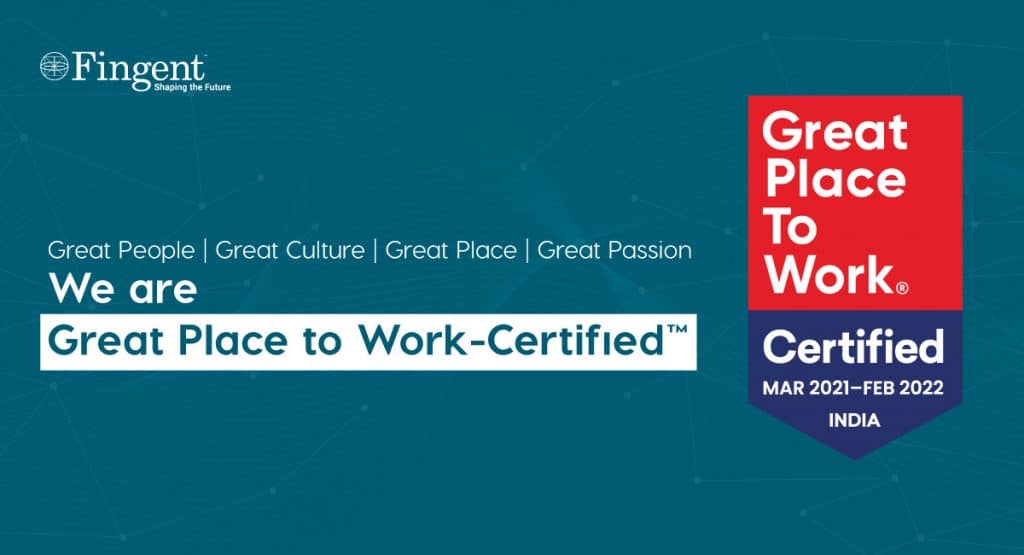
As the workforce technologies got better, faster, and more powerful, there was an exponential rise in the hybrid workplace concept. These technologies allowed businesses to retain the culture, stability, and social interaction of a physical office as they allowed their employees to choose remote work.
The AI-powered HR technology empowers employers and employees to customize goals, roles, and structures. These powerful technologies help hybrid teams to stay connected to live, interactive systems even if they all work in different time zones.
Case Study: Learn more on how Fingent’s AI-Powered Virtual Assistant helps employees with HR & DevOps queries
Enhanced Omnichannel Experience
Providing a fluid omnichannel experience is critical to satisfying customers and building customer loyalty. An omnichannel experience enabled customers to interchange devices and move fluidly between various platforms. It created a truly seamless and consistent experience regardless of channel.
It allowed customers to start their search in one channel, pick it from where they had left on another device, and yet take the context forward with every interaction. Businesses ensured to develop their omnichannel strategy by unifying the digital and physical world.
The adoption of omnichannel enhanced retailers’ experiences as well. For instance, a customer may reach out on live chat with an issue and end the call only to realize later that he forgot to ask one more thing. Now, he may call customer service instead of using a live chat. Omnichannel experience will allow the agent to pull up that customers’ previous chat and have all of the contexts to quickly resolve his issues.
Personalization and Hyper-personalization with AR and VR Technologies
Personalization and hyper-personalization are the most advanced ways to increase revenue, smoothen customer journeys, and make conversations more meaningful. Personalization can be achieved only through careful analysis of customer data.
In the last year, businesses saw how retail analytics tools can provide actionable insights into customers buying patterns and preferences. This will help in customizing the offering. Virtual try-on, AR in retail enable immersive shopping experiences. Moreover, high-value customers can be catered to exclusively and attract the right customer to increase sales.
Read more: Creating a Future workplace with AR & VR!
Blockchain Took Center Stage
Blockchain interoperability will get better in the coming years. It has been used to transform the nature of transactions and trade across the world. Blockchain technology made cryptocurrency a possibility. It is instrumental in lowering transaction costs, providing protection from cyber-attacks, helping maintain confidentiality, and more.
Another popular blockchain trend was BaaS or Blockchain as a Service. It is a cloud-based service that enables users to develop digital products like smart contracts or applications that can work without any setup requirement of a complete blockchain-based infrastructure.
Read more: How Blockchain Enables The Insurance Industry to Tackle Data Challenges
Real-time Visibility into Inventory and Services
To meet customer expectations, it is crucial to have the ability to view and track inventory levels at all times. Real-time visibility enables businesses to prepare for the unexpected. It also provides data and analytics needed to made better business decisions.
So, appropriate tools that leveraged AI and ML brought about improvement in maintaining accurate stock and preparing for future demand. These tools provided end-to-end visibility across the supply chain and helped businesses meet the growing customer demand.
Read more: How Data Warehousing Adds Value to Data Visualization and Reporting
NFT Gains Traction and Expand into New Areas
NFT (Non-Fungible Token) is drawing in new artists, musicians, and other creative people who want to make money. NFT bunny is modeled after social networks with each user having the ability to communicate with other users. Binance NFT allows an artist to buy or sell collectibles and other artworks.
Demand Forecast with The Help Of AI, Big Data, And Analytics
Data-driven business transformation gained popularity among retailers as it provided a strategic advantage. AI, Big Data, and Analytics help in understanding the deep patterns of the data from various sources used for demand forecasting. Retailers have immensely benefited from hourly, daily, weekly, and monthly level forecasts.
Resilient Supply Chains
The strategic application of AI-powered technologies has enabled complex and resilient supply chains. This has improved same-day delivery options. This year also saw the expansion of e-bikes managed by user-friendly apps and cloud-connected supply chain technologies.
Rising From the Ashes with Smarter Business Technologies
Lat few years have been challenging year for most businesses. Amid pandemic and political upheavals, we saw exciting advances and breakthroughs in businesses technology. Also, customers are more value-conscious today than before. These technologies help reduce business operations costs and pass on the benefit to the customers. Leveraging these technologies is a smart way to build a resilient business. Excited to know which technology is best for your business? Call us and let’s work it out together.
Stay up to date on what's new

Featured Blogs
Stay up to date on
what's new



Talk To Our Experts
“The advance of technology is based on making it fit in so that you don’t really even notice it, so it’s part of everyday life.”
– Bill Gates, Co-founder of Microsoft.
When we look around us today it has become exceedingly obvious that the world is moving at a much faster pace than we remember. If not all, most of the credit goes to the vast number of technological developments that take place almost every day. In this rapidly changing world, we can either choose to evolve with it or stay back and live with the feeling that we are completely out of place and out of our depth.
This blog will help you understand all the “realities” of today’s tech world and help you fit right in and create a future workplace, to move ahead of your competition.
Reality In Its Many Forms
Some of the fastest developing and most exciting branches of technology out there are Virtual Reality and Augmented Reality. Although some companies have already integrated this technology into their business practices to create innovative and sustainable workplaces, it is imperative for every business to invest in AR and VR. If they want to succeed in this overly competitive world that is.
Recent studies conducted by PwC show that VR-trained employees were up to four times more focused than their e-learning peers and four times faster to train. When trainees are taught with a VR experience, they learn more from the training and have superior outcomes. Creating a workplace that is equipped with this kind of technology will most definitely increase the work productivity of the employees.
VR and AR have evolved over the past years and have become more convenient both technologically and financially for business and learning. They affect companies in every industry and various organizations, from universities to social enterprises. They have become the new terminal between humanity and machines, uniting the digital and physical worlds.
Read more: Top AR and VR Trends to Transform Ecommerce in 2022!
Now that we’ve established the necessity of VR and AR for businesses and industries, let’s move on to understanding what exactly these technologies are and what they do.
Virtual Reality
It is an artificial environment created by software and requires a special headset that plunges you into the new reality. It immerses the user within its virtual environment and in most cases, the user can manipulate objects or perform a series of actions.
Augmented Reality
AR, conversely, does not give an absolute immersion. It adds digital elements to a live view usually done by using the camera on a Smartphone or tablet.
Mixed Reality
Mixed Reality blends elements of AR and VR to co-exist creating a combination of virtual and actual realities, allowing you to interact with both simultaneously.
Extended Reality
XR is an umbrella term used when all these computer-generated technologies are used together.
Read more: Augmented Reality, Virtual Reality, Mixed Reality Detailed with Real-life Examples
How do these technologies influence the future of a workplace?
Listed below are a few ways that AR/VR/MR/XR is influencing the future workplace.
Virtual Reality –
- Increased Connection and Collaboration – As opposed to video consultation, VR users feel like they inhabit the same space, resulting in more effective collaboration.
- New HR Practices – With access to employees across the world, hiring practices will widen to recruit top talent.
- Upgraded Training Techniques – VR training is especially favorable in perilous situations, as it offers a safe, engaging, and educational experience.
- Efficient Product Development – VR finds its use in product testing in a variety of scenarios, abolishing the need for costly physical paradigms.
Augmented Reality –
- Will Save Money – AR headsets and apps can replace costly seminars or classes.
- Improve Productivity – Increased engagement through collaborations with other companies using AR will change the way employees work.
- Cognitive Barriers – With the help of AR your workforce can train much faster. This will in turn lead to a more structured, competent, and productive team.
Mixed Reality –
- Better business operations – MR can help companies work efficiently by allowing engineers to try new ideas without wasting resources and reducing complex processes.
- Enhanced training – It can offer experiential training sessions which allow team members to experience a situation for themselves, in a simulated environment.
- Improved creativity – It improves project development by allowing teams to make important decisions and alter features without wastage or excessive resources.
Extended Reality –
- Investment Banking – By using XR for broadcast, a firm could reach and interact with many investors over multiple locations in a robust and dynamic way while reducing costs, logistical challenges, and the need for travel.
- Trading Floor – XR replicates all the benefits of a modern trading floor along with advanced capabilities, plus the ability to access the trading environment from anywhere in the world
- Training and Compliance – Scenario models powered by XR, could be used to provide real-time training and ensure employees are well-equipped for real-world situations.
Read more:5 Real-world Applications of Extended Reality
Identifying Which Ecosystem Best Suits VR/AR/MR/XR
To determine which of these technologies better suit your ecosystem, evaluate the challenges your workplace is experiencing.
VR and AR thrive in fields of research and development, design, review, education, and training. MR’s combination of the physical world and the digital world is making notable changes in various industries, including medical, education and research, manufacturing, design, and construction. XR being the comprehensive umbrella that it is plays a more prominent role in various sectors and organizations, yielding clear benefits in numerous facets of work and business, including training, collaborative working, and marketing.
Irrespective of the technology you decide to go with, remember that every time new technology is implemented there’s a clear culture shift at the workplace, so be prepared for change.
Read more: How Is Extended Reality (XR) Impacting Customer Behavior
How To Affordably Deploy AR/VR/MR/XR With Fingent
Fingent has developed strategic software solutions for businesses across the world. By initiating your projects with Fingent you are backed up by a dedicated and skilled team who work round the clock. All our processes are customer-oriented and designed to reduce the cost of business developments. Cutting-edge cloud to manage your storage, servers, and user access from one place. Set up everything fast with zero coding.
Fingent merges Augmented Reality using 3D modeling, 360-degree imaging, real-time character identification, and orientation-based tracking with our reality to form immersive and personalized solutions. We help you utilize ARCore; Google’s AR platform, to fabricate a potent user experience through Android devices and ARKit for IOS devices.
With 3D models and simple user-friendly interactions, Fingent creates a customized Virtual Reality strategy that closely binds with your business structure and objectives. We help you analyze and grasp the growing abilities of Mixed Reality to reach your customer base in the most ingenious ways and since Extended Reality is becoming the new mode of communication between business and client, Fingent has systems in place to increase awareness, engagement, and conversation and help support large-scale communication.
If you’re looking for easy and affordable ways to make your workplace future-ready, this is your shot Fingent has got you covered. Give us a call.
Streamline your business IT with InfinCE
Stay up to date on what's new

Featured Blogs
Stay up to date on
what's new



Talk To Our Experts
Digital transformation has become indispensable, more so now than ever before. When COVID-19 struck, governments swung into action and issued orders that restricted in-person business operations and encouraged people to work from home. In response, businesses began to look for ways to continue their operations by turning to various technologies.
Even before the spread of the pandemic, these technologies empowered businesses to engage with their customers, allowing workplace flexibility while introducing automation and faster processes. But the pandemic accelerated these adoptions immensely. The digital transformation helped businesses to find ways for people to communicate, collaborate, and complete work while working remotely. At the same time, it catered to the request of customers who preferred contactless or contact-limited operations as well.
Exploring and understanding the latest digital transformation trends and what parts of these transformations will likely be here to last will help you plan the best digital transformation strategy.
Read more: Prepare for the future of Digital Innovation with these 10 services from Fingent!
What Is Trending In Digital Transformation Now (2022) And What’s Going Cold?
If there is one takeaway all businesses can learn from this pandemic, it is to be adaptable. As the landscape reinvents itself and workplace culture trends shift suddenly, systems, processes, internal dynamics must pivot to stay competitive. It is crucial to adopt digital trends with the staying power to benefit your business. This makes it important to know all about the trend that will stay long-term versus ones that will go cold in this post-COVID ecosystem. Let’s begin with what goes cold.
1. Fading: Blockchain implementation
Blockchain implementation is designed to maintain distributed ledgers. However, the cost associated with it is higher compared to other technologies that can be applied more affordably. The higher pricing has diminished the interest in blockchain implementation.
2. Fading: Office technologies
Much of everyday business operations hinge on office technologies. Work from home mandates has changed this outdated means of communication and collaboration. Mobile phones have replaced pagers and online documentation has replaced paper.
3. Fading: Complicated and inadequate technology stacks
Whether your team is remote, hybrid, or office-based, it is crucial to have the right tech stack. A 2021 Work Report finding shows that 32% of workers quit a job because of inadequate technology and there is the other 49% who are likely to quit if the tech stack is hard to use. Employees do not want to waste large amounts of time searching for information across various platforms. This can also result in security breaches too as it puts sensitive data at risk. Opting for streamlined technology over-complicated technology can lead to maximum efficacy.
4. Trending: 5G will go mainstream
Businesses need reliable connectivity and more bandwidth to achieve greater success at their core parts such as remote work and videoconferencing. Increased reliance on phones, tablets, and other IoT devices highlights the need for the multi-lane superhighway and so 5G deployments have become a vital part of the solution.
Read more: Future proof your business with 5G, Edge Computing, and Cloud!
5. Trending: Customer Data Platforms
There has been an explosion of Customer Data Platform (CDP) last year. It is highly difficult to organize fragmented data from multiple sources. Organizing such data is also a costly affair. To address this challenge, most companies now rely on CDPs to help them collect, organize, tag, and make it usable for all those who need access to it. Data will continue to grow exponentially in the coming years which makes the rise of customer data platforms inevitable.
6. Consolidation of software vendors
Worldwide merger and acquisition activity combined with developing technologies has resulted in a consolidation of software vendors. According to a report by Gartner, consolidation in the tech business is set to hit a record high in 2022.
7. Digital transformation tools
Remote and hybrid work is becoming the rule, not an exception. With this scenario, organizations need technologies that seamlessly enable collaboration. Digital transformation tools will help businesses to manage employees and stakeholders that are globally dispersed. And this trend will become increasingly prominent in 2022.
8. Increased focus on the power of AI and hyper-automation
The gigantic amounts of data that businesses gather are only as effective as their AI systems. So, the implementation of AI will remain crucial for efficient business function in 2022. There is no need to approach AI with fear as AI will repurpose human assets as opposed to taking jobs away.
The key purpose of Artificial Intelligence is to automate. Essentially, this means all mundane and repetitive tasks can be automated resulting in huge benefits for many employees. Besides, it allows the employer to use that talent for more purposeful tasks.
9. AI for enhanced customer experience
According to Gartner, businesses that use AI in their customer service channels will experience a 25% increase in operational efficiency. The insights on customer behavior are causing IT system redesigns.
10. Technology to support distributed enterprises
The workforce is now becoming more geographically dispersed. Frictionless work experienced necessitates major technical and service changes. Every organization must reconfigure to embrace distributed services. The right digital technology is imperative for business success.
11. Supply chain digitization
Increased consumer prices and the sluggish economy are exerting tremendous pressure on supply chains. Supply chain digitization is a crucial component that will aid in solving supply chain issues.
Read more: A Look Into The Future Of Manufacturing Industry – The challenges, the opportunities, and the technologies that will help revolutionize!
12. Fourth industrial revolution (Industry 4.0)
Industry 4.0 includes new integrated technology that aims to mitigate the inefficiencies of traditional manufacturing. The manufacturing industries are moving towards robotics, AI, and ML to increase efficiency and benefit their customers.
13. Renewed focus on Human Capital Management (HCM) software
The practice of HCM has become increasingly prevalent in 2021. It has become the driving force for most business practices and will continue to center stage in 2022.
Planning The Best Digital Transformation Strategy With Fingent
The acceleration of digital transformation may seem overwhelming. But the right technology can enable a seamless transition for your business. Fingent can help collaborate and streamline the process of selecting solutions that drive digital transformation. Fingent custom software development experts will assist you in evaluating the available options in the market and in making the best choice on the solutions you need. We can help in reducing the cost of your tech evaluations, increase process effectiveness and employee satisfaction. So, the only tool you need to digitally transformation of your business is Fingent! Connect with us today!
Stay up to date on what's new

Featured Blogs
Stay up to date on
what's new



Talk To Our Experts
Everyone uses software products. From toddlers to grandparents, in one way or the other, almost everyone has used a software product. The number of mobile devices operating worldwide stood at almost 15 million in 2021! Today, software development permeates the entire world. You are reading this blog on a device whose lifeblood is software. It is no surprise that businesses invest in software development. But what is the cost? That is probably the single most important question to businesses intent on making wise business decisions. This article discusses everything that may affect the cost of app development in 2024 to help you estimate the cost of your app development.
Is App Development Necessary for Your Business?
Adding to the Statista report that put the 15 million number on the number of mobile devices, did you know that the number of mobile app downloads surpassed 200 billion in 2019? And there is no slowing down.
Along with mobile devices, there are other devices like tabs, laptops, and desktops. And we know that all of these function by the operating system. The operating system is a piece of software with lots of integrated functions known as software.
Individuals and businesses across the world depend heavily on software and enjoy many benefits. In this digital age, the software is essential to run different operations in transportation, electrical grids, and many other functions that offer the basics of life.
To the question “Is App Development Important?”, the answer is a resounding YES. Now to the costs involved.
App Development Cost Estimates For 2024
It is important to remember that app development cost depends on various factors. Mobile app development costs will be different than web app costs. The cost could also depend on the complexity of the app.
A small app with core features can be developed at lower rates. However, a complex app with intricate features will be expensive. Building a minimum viable product may cost less than $10,000. On the other hand, if you want an app that is compatible with both android and iOS platforms you will need a bigger budget.
App development cost also depend on whether you develop the app in-house or outsource it. Before you choose to develop it in-house you must ask yourself if your team has the necessary experience to take an app from design to delivery.
If you do not have the expertise on your team, it may ultimately end up costing you more in terms of lost work and demoralized teams. Otherwise, the best option is to seek out an external partner who can develop an app for you.
Read more: Top Technologies Used to Develop Mobile App
Keeping all this in mind, is there a formula to calculate app development costs?
Top Factors That Drive App Development Costs
1. Based on the complexity of the app
A simple app might take hundreds of hours while a complex app might take thousands. These hours also depend on how efficient the developing team is.
A simple app includes basic features like a login screen, user account, admin tools, and so on. It may have limited integration with other apps. Thus, it may take about 3 to 6 months to develop.
Along with all the features of a simple app, a complex app includes features such as integrations, profile feeds, enhanced admin tools, media streaming, and more. Such an app would take 6 to 12 months.
The most complex of all is an advanced app. This includes multi-language support, versioning, lots of user customization options, AI and AR, and more. This could take somewhere between 12 to 24 months.
2. Based on region
You will find potential developers around the world, over various time zones such as the US, India, and Europe. Each of these areas has expert developers but their rates vary depending on their location.
3. Based on development stages
The budget of the project starts to become clearer during the research stage. In this stage, you will be able to clarify your requirements and finalize goals and deliverables. You will also be able to assess risks and threats.
The next stage would be designed where the development team needs a clearer idea of what the app should look like. This stage will take longer and will be more expensive depending on the complexity of the user interface and so on.
During the development stage, each feature will add to the cost. The next stage of testing may require human users to ensure the correct functionality, and this will add to the cost. The final stage is maintenance and support. Bugs and unexpected behavior will need to be addressed; hence, it is important to budget in the final phase.
Watch now: How To Choose The Right Mobile App Development Approach
Top Ways In Which One Can Initiate Cost-Effective App Development
Are you wondering how you can get the app that you wanted in your limited budget? Here are a few tips that help you initiate a cost-effect app development.
1. Use software development kits wherever you can: Software development kits could trim weeks or months off your development schedule. Thus, reducing thousands off your development budget.
2. Find a vendor that can design and develop: Finding a vendor that does both designing and development can help you deal with communication problems and optimize workflow.
3. Get the MVP made: Getting the MVP made and testing on your users will help you identify what needs to be added. Eventually, your full-featured app will be ready. Besides, you will also learn how to optimize your budget.
4. Cross-platform development: Opting for cross-platform development can heighten your potential to reach a wider audience.
5. Do not rely on older operating systems: Just a couple of years older can make a huge difference. It is worth the effort to focus on consumers who keep up to date.
How Can Fingent Help Develop Top-Notch Apps On A Budget?
We at Fingent custom software development experts understand considering how much it costs to develop an app can be an overwhelming experience. How about a consultation with our expert to get a quote?
We assure you that we have the specialized skill and experience to build a successful and budget-friendly app. Don’t take our word for it. Have a look at some of our case studies.
As your technology partner, Fingent can bring your brilliant ideas into digital reality!
We have helped many businesses grow their business with our innovative, modern mobile app solutions. Take a look at our most success stories here!
We can help you too. Connect with our experts today!
Stay up to date on what's new

Featured Blogs
Stay up to date on
what's new




